Filters
ふるさと納税 掲載商品
マグネット内蔵式
動画で紹介
撥水・撥油加工
Yonezawa woven formal bag with built-in magnet
9072
Sale price¥19,800
ふるさと納税 掲載商品
動画で紹介
撥水・撥油加工
軽量
Yonezawa woven tote bag with tassels
iw60040
Sale priceFrom ¥26,400
ふるさと納税 掲載商品
撥水・撥油加工
[YUMI KATSURA] Cord embroidery black formal bag
iw60190
Sale price¥29,700
ふるさと納税 掲載商品
マグネット内蔵式
動画で紹介
撥水・撥油加工
[YUMI KATSURA] Double ribbon jacquard black bag
iw60191
Sale price¥29,700
ふるさと納税 掲載商品
マグネット内蔵式
撥水・撥油加工
超軽量
Yonezawa woven soft formal bag (hidden magnet specification) M
8809
Sale price¥17,600
ふるさと納税 掲載商品
マグネット内蔵式
動画で紹介
撥水・撥油加工
超軽量
Yonezawa woven one handle soft formal bag
iw60544
Sale price¥19,800
慶弔両用
撥水・撥油加工
Yonezawa Ori Men's Formal Clutch Bag M
iw60506
Sale price¥19,800
撥水・撥油加工
Knitter Yonezawa Ori Formal Bag
8645
Sale price¥24,200
動画で紹介
撥水・撥油加工
Yonezawa woven shell-shaped formal bag
iw60404
Sale price¥29,700
ふるさと納税 掲載商品
撥水・撥油加工
Yonezawa woven tote formal bag with tassel
8633
Sale price¥25,300
撥水・撥油加工
Yonezawa woven formal bag & fukusa 2-piece set
8757s
Sale price¥17,600
動画で紹介
撥水・撥油加工
Cord embroidery design Yonezawa weave hand-woven formal bag
iw60776
Sale price¥30,800
マグネット内蔵式
撥水・撥油加工
Craft 6
iw60809
Sale price¥29,700
撥水・撥油加工
マグネット内蔵式
撥水・撥油加工
Yonezawa-ori puffy flower formal bag
iw60437
Sale price¥25,300
マグネット内蔵式
撥水・撥油加工
New product bf template
iw60838
Sale price¥22,000
タッセル付き
マグネット内蔵式
撥水・撥油加工
軽量
New product [direct store only] bf template
iw60912
Sale price¥15,700
撥水・撥油加工
Yonezawa woven formal bag with braid decoration
iw60185
Sale price¥35,200
撥水・撥油加工
軽量
Yonezawa woven round zipper bag with tassel
iw60450
Sale price¥35,200
撥水加工
Lace pattern Yonezawa woven formal bag
8927
Sale price¥17,600
ふるさと納税 掲載商品
撥水・撥油加工
Satin-edged Yonezawa-woven formal bag
iw60796
Sale price¥19,800
お受験対応
マグネット内蔵式
動画で紹介
撥水・撥油加工
Inner magnet two-handled formal bag
iw60775
Sale price¥27,500
2way
撥水・撥油加工
New product [Direct store exclusive] iw60805
iw60805
Sale price¥22,000
2way
撥水加工
New product [direct store only] bf template
iw60847
Sale price¥35,200


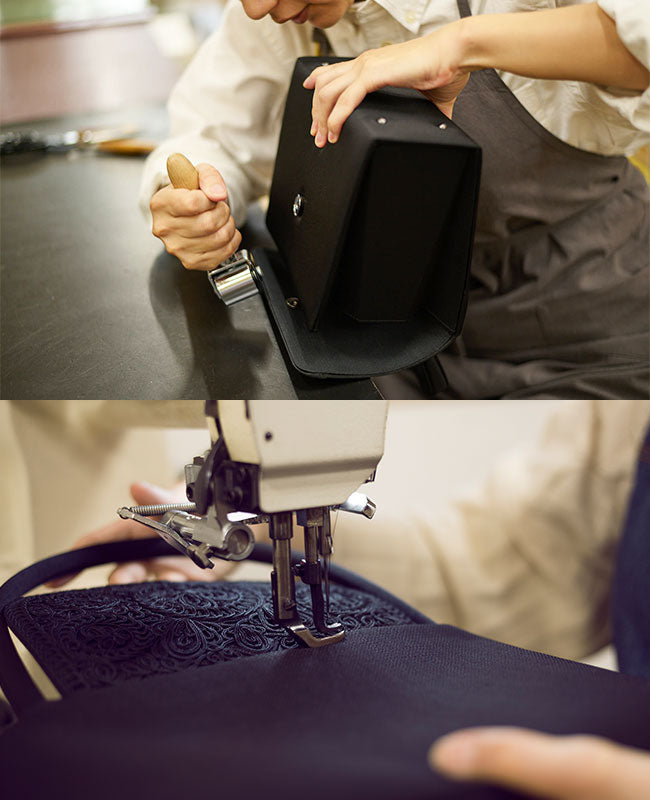
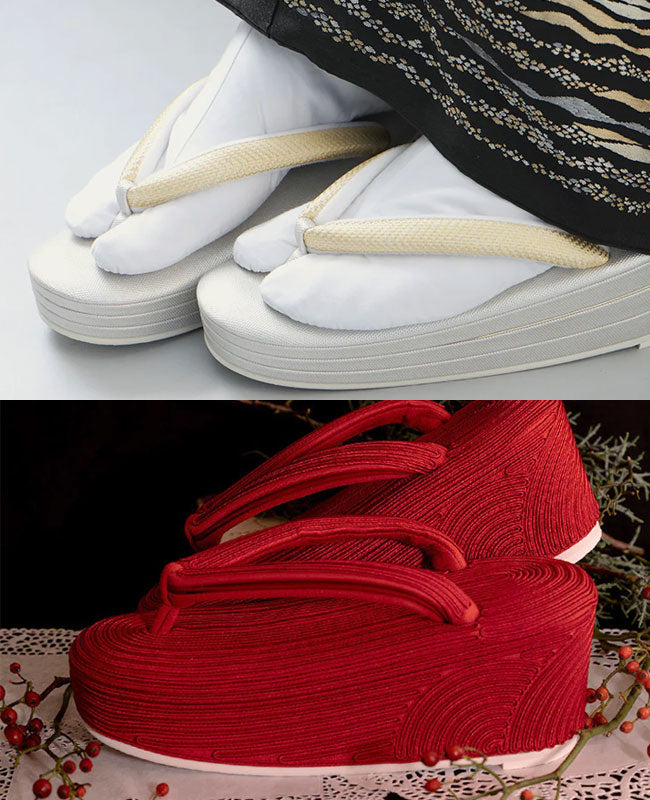
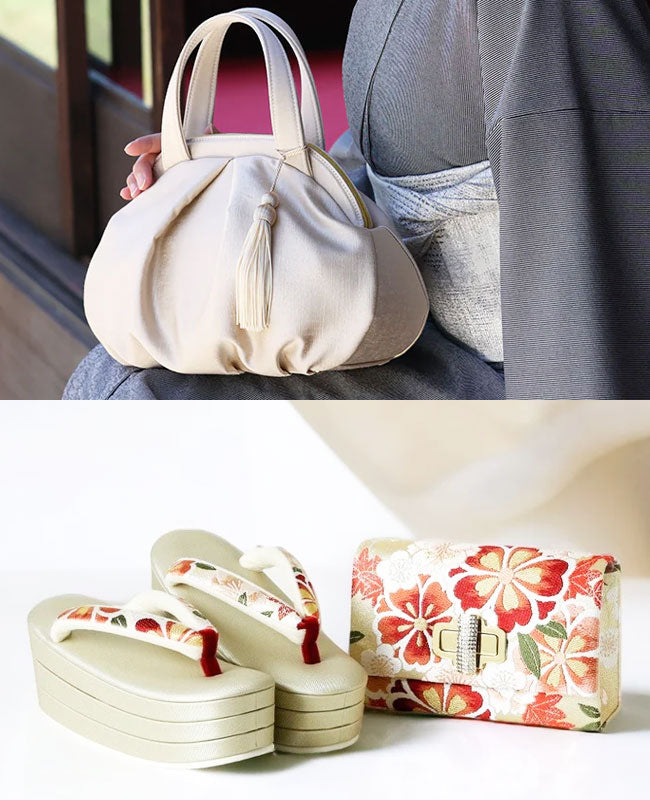





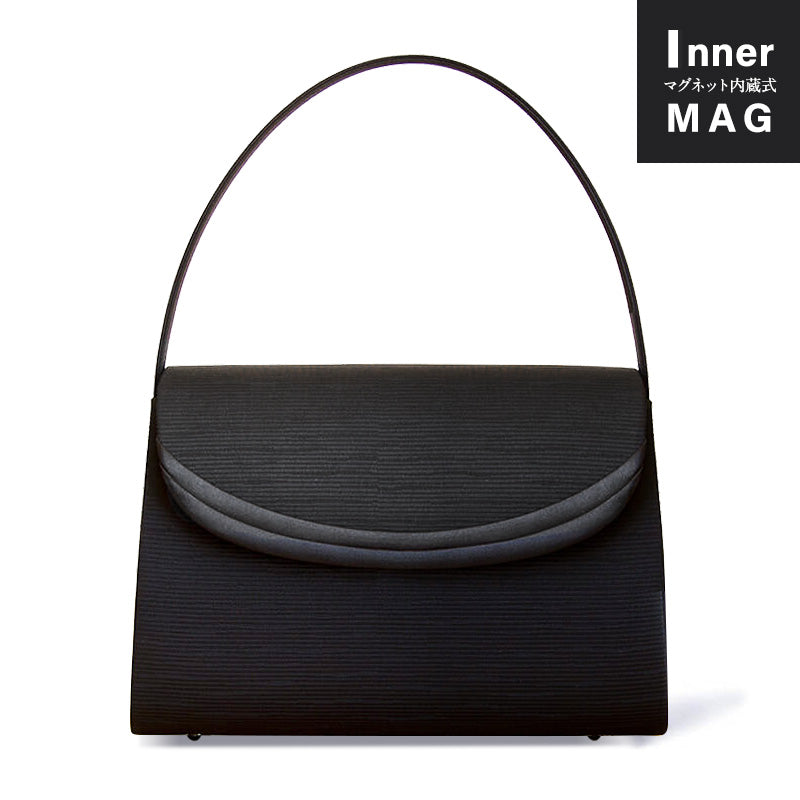
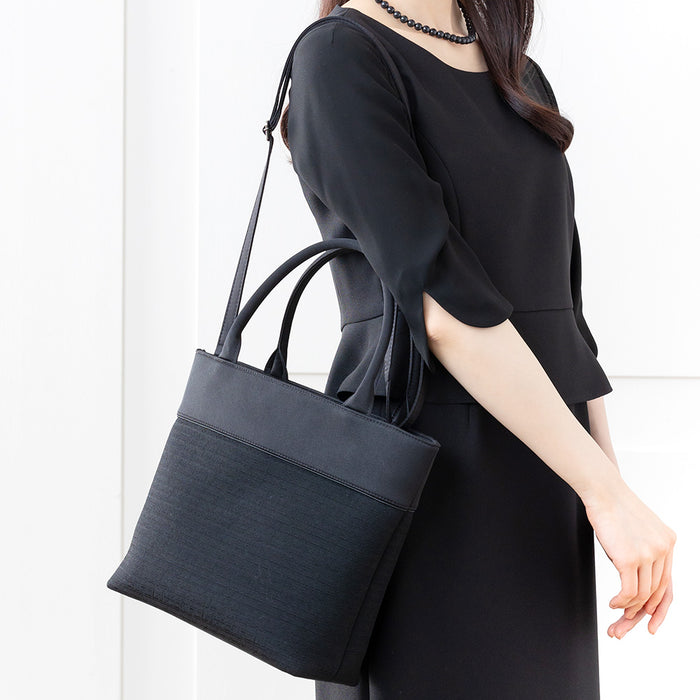
![[YUMI KATSURA] Double Ribbon Jacquard Black Bag](https://iwasajapan.com/cdn/shop/products/iw60191_lin_800_800x.jpg?v=1665045040)
![[YUMI KATSURA] Cord embroidered black formal bag](https://iwasajapan.com/cdn/shop/products/iw60190_01md_800_20467280-a039-4d38-84a9-5210e3f65475_700x.jpg?v=1665045009)
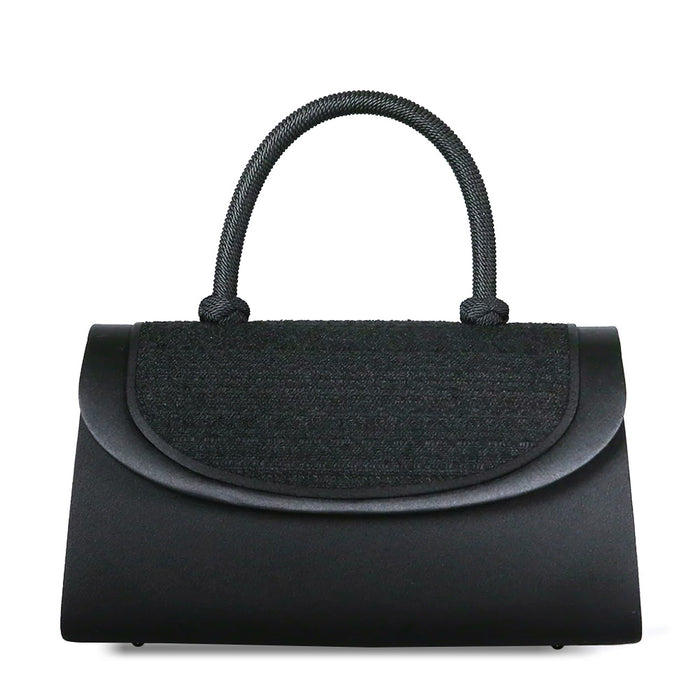
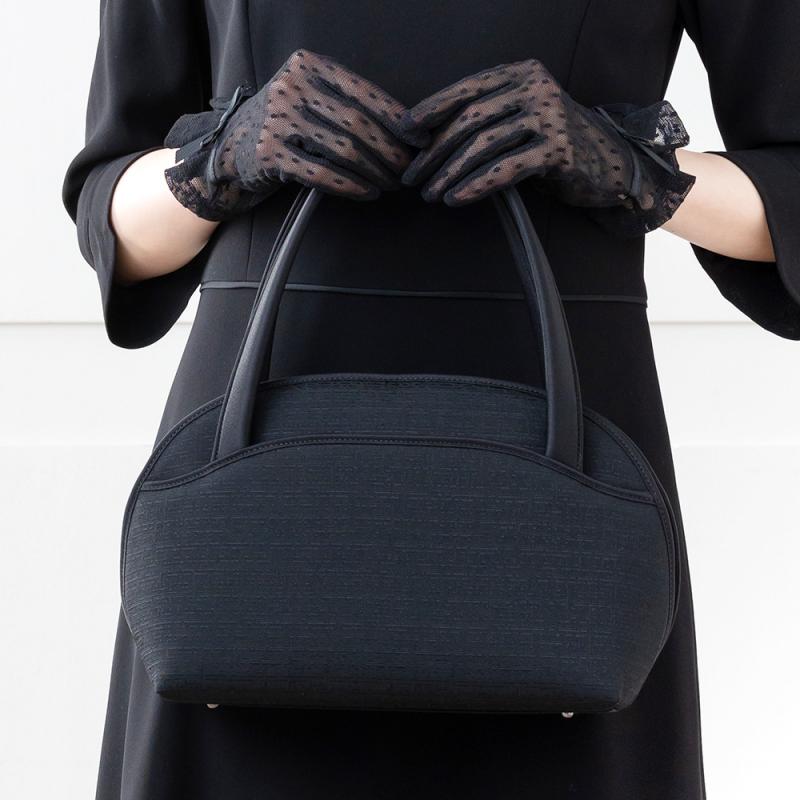


























![[YUMI KATSURA] Double Ribbon Jacquard Black Bag](https://cdn.shopify.com/s/files/1/0602/1015/1576/files/yonetoku-rc-img05.jpg?v=1693295042)
![[YUMI KATSURA] Double Ribbon Jacquard Black Bag](https://cdn.shopify.com/s/files/1/0602/1015/1576/files/yonetoku-rc-img06.jpg?v=1693297081)



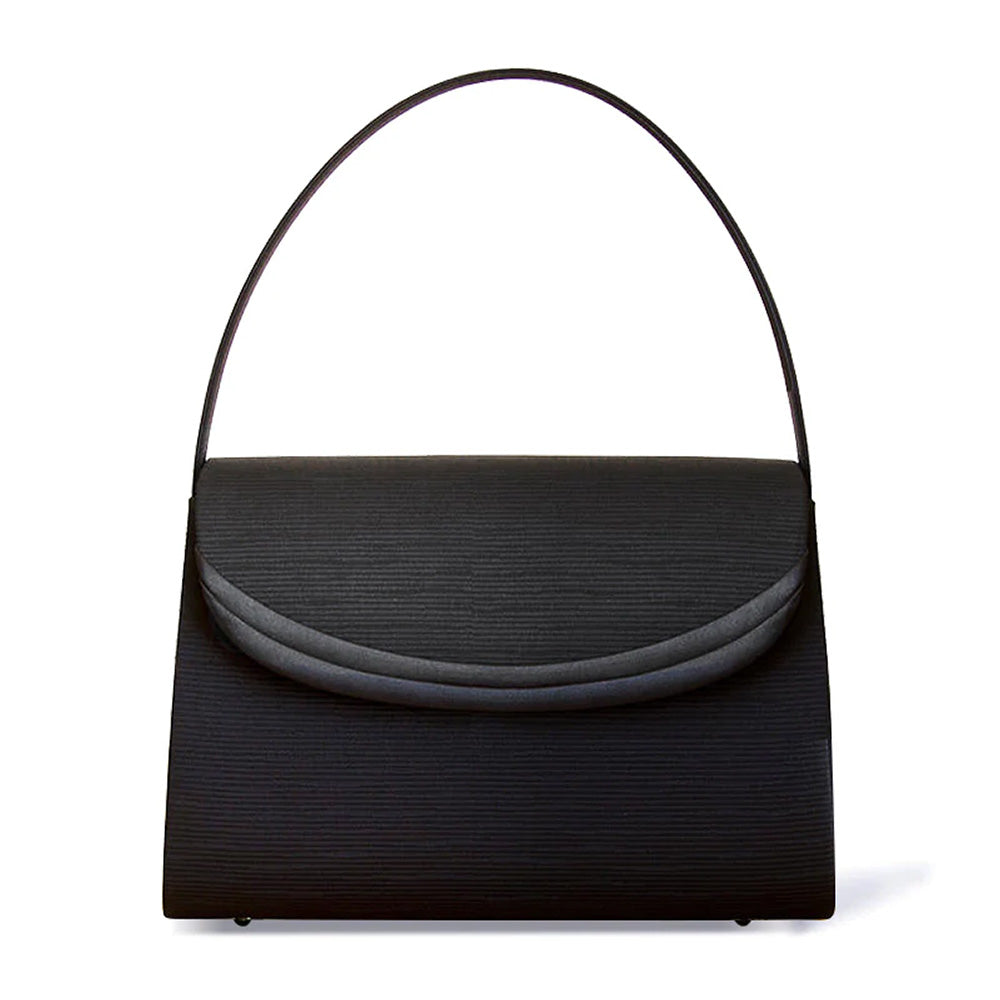
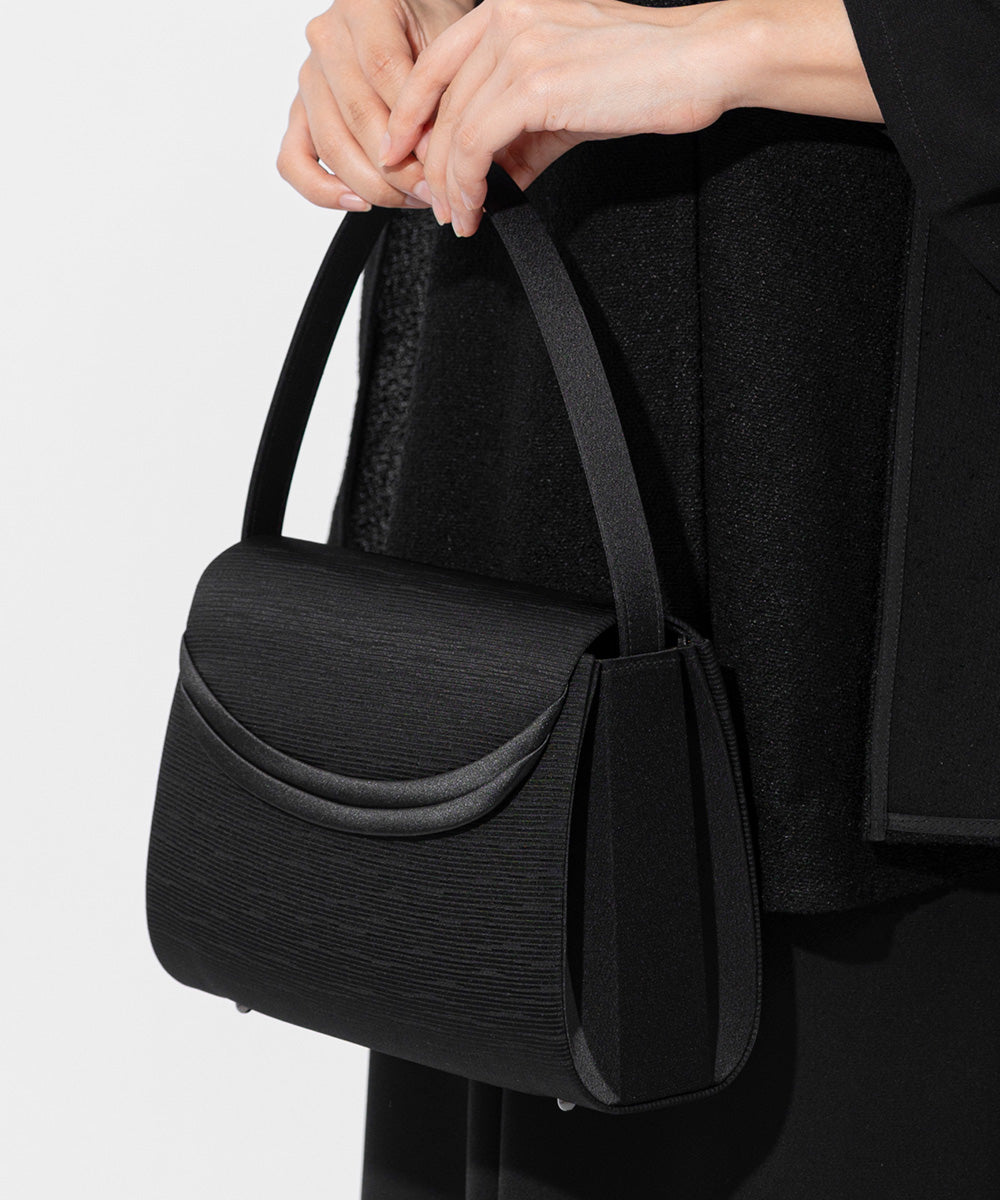
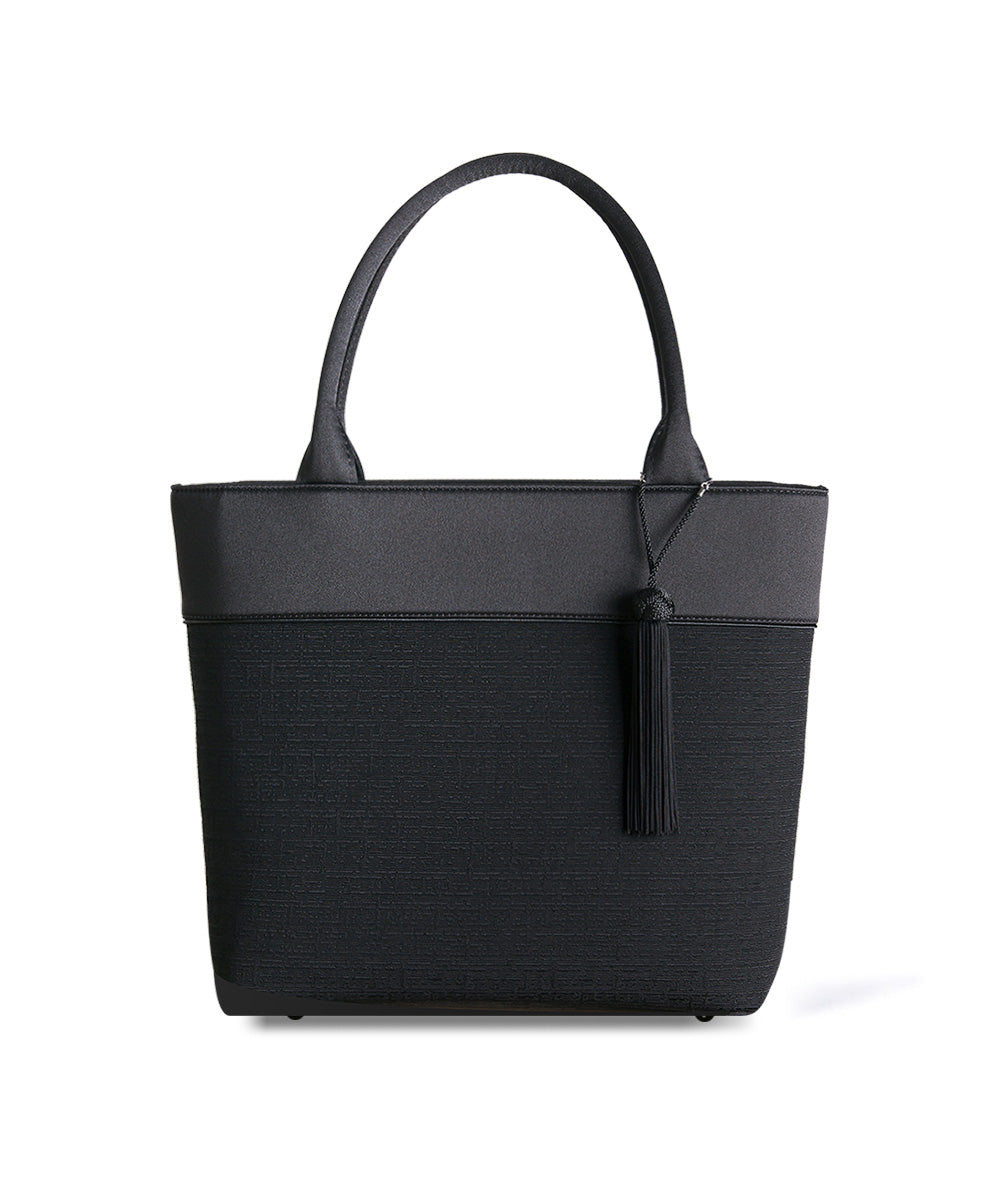
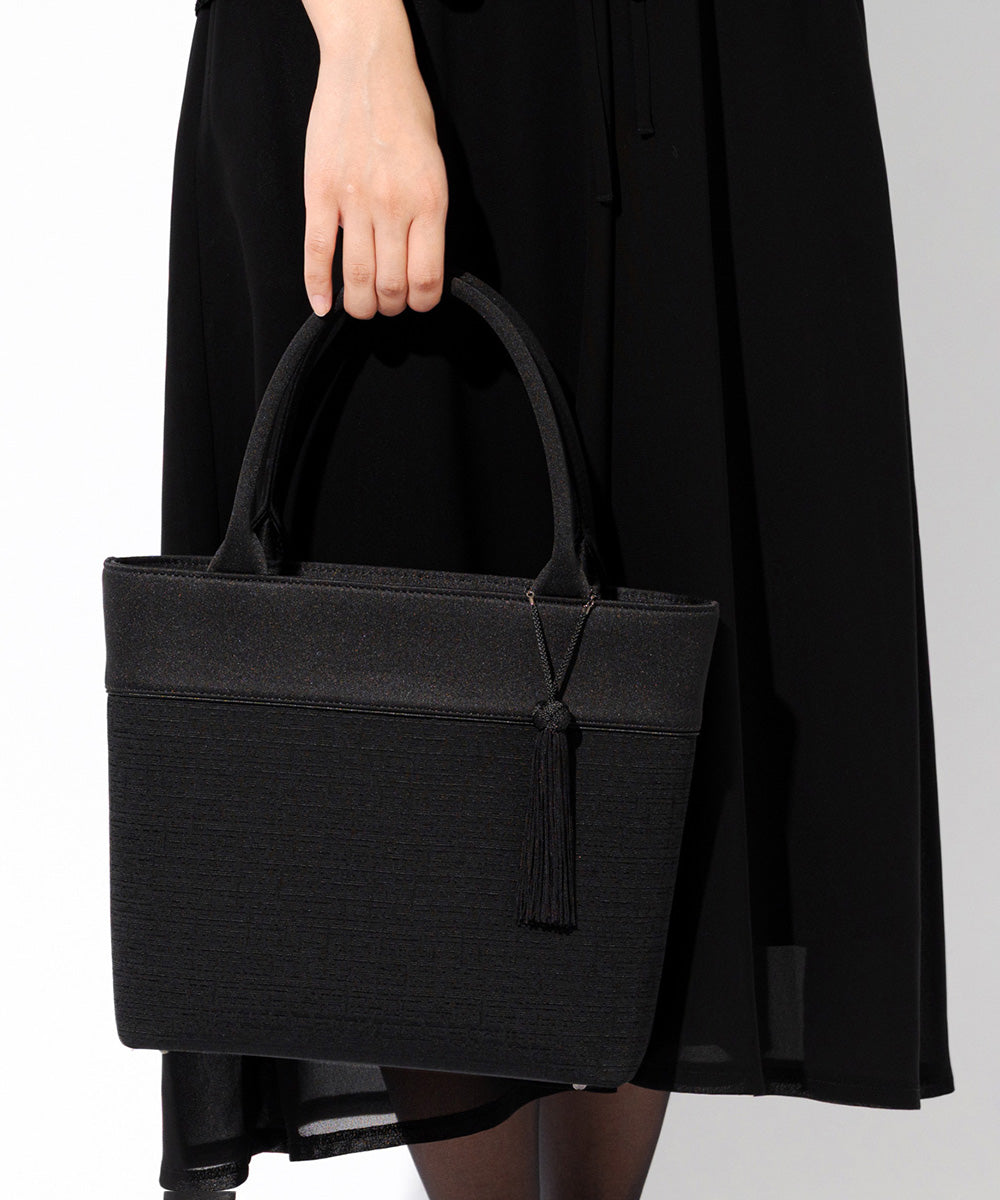
![[YUMI KATSURA] Cord embroidery black formal bag](http://iwasajapan.com/cdn/shop/files/thum-iw60190.jpg?v=1764208699&width=1000)
![[YUMI KATSURA] Cord embroidery black formal bag](http://iwasajapan.com/cdn/shop/files/iw60190_img02.jpg?v=1764208699&width=1000)
![[YUMI KATSURA] Double ribbon jacquard black bag](http://iwasajapan.com/cdn/shop/files/thum-iw60191-2.jpg?v=1763110929&width=1000)
![[YUMI KATSURA] Double ribbon jacquard black bag](http://iwasajapan.com/cdn/shop/files/iw60191_img07.jpg?v=1763110929&width=1000)

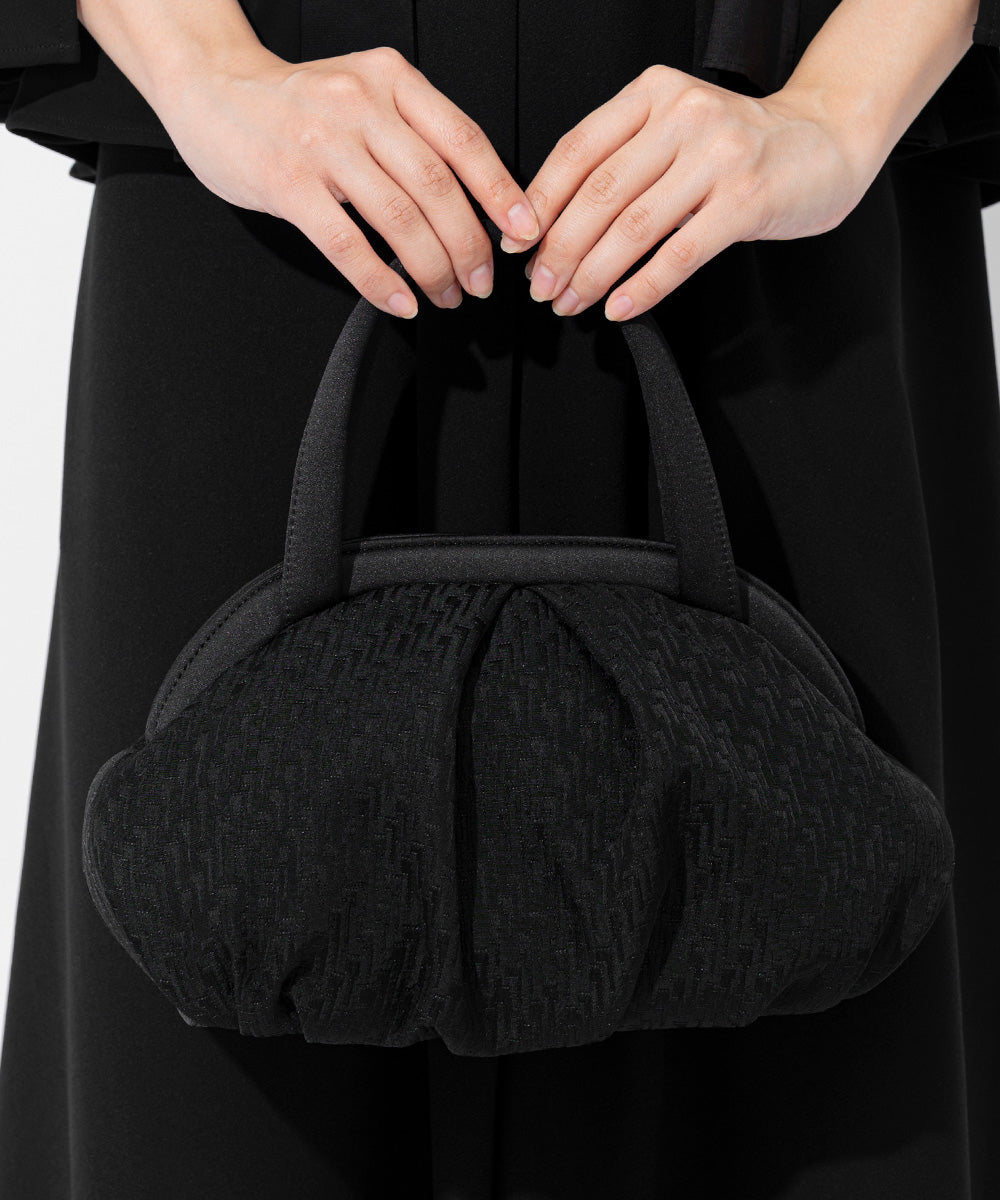

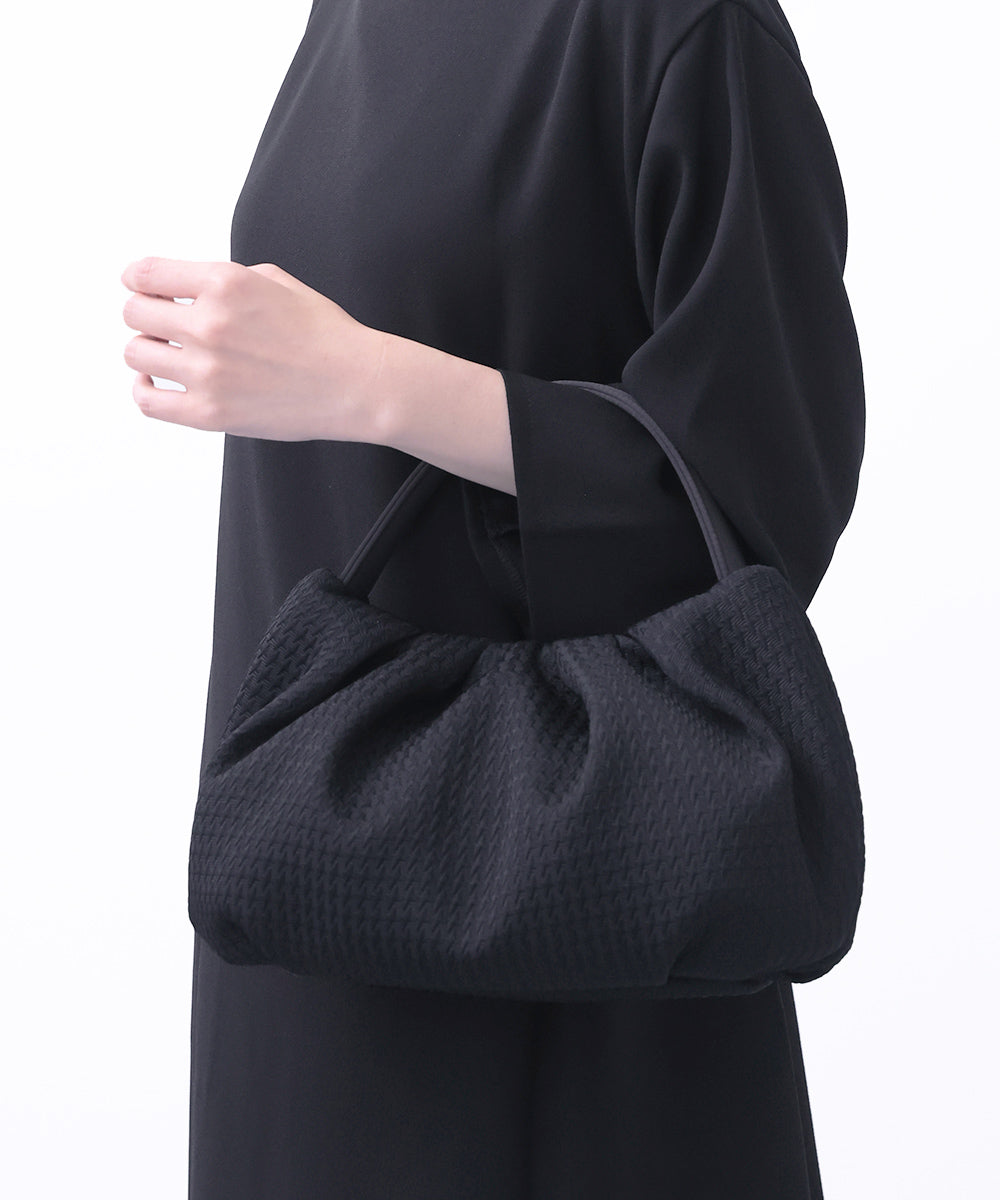
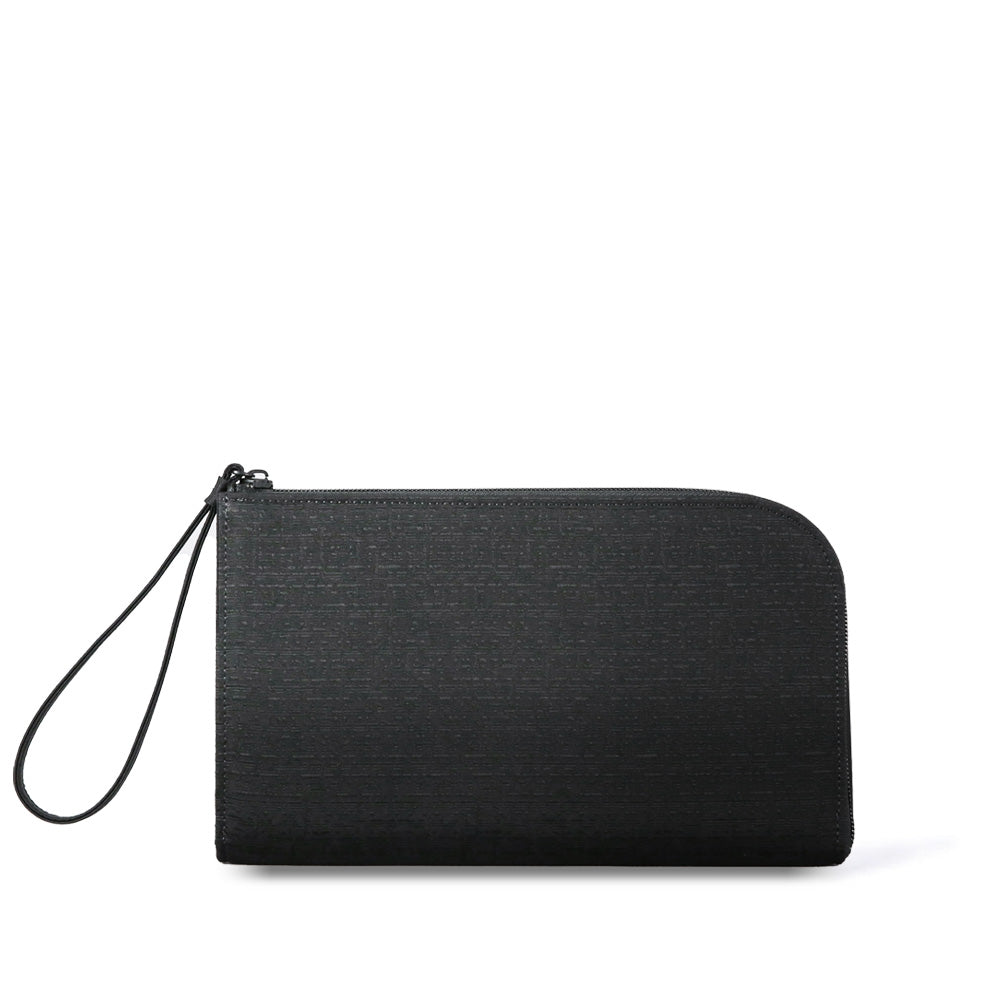
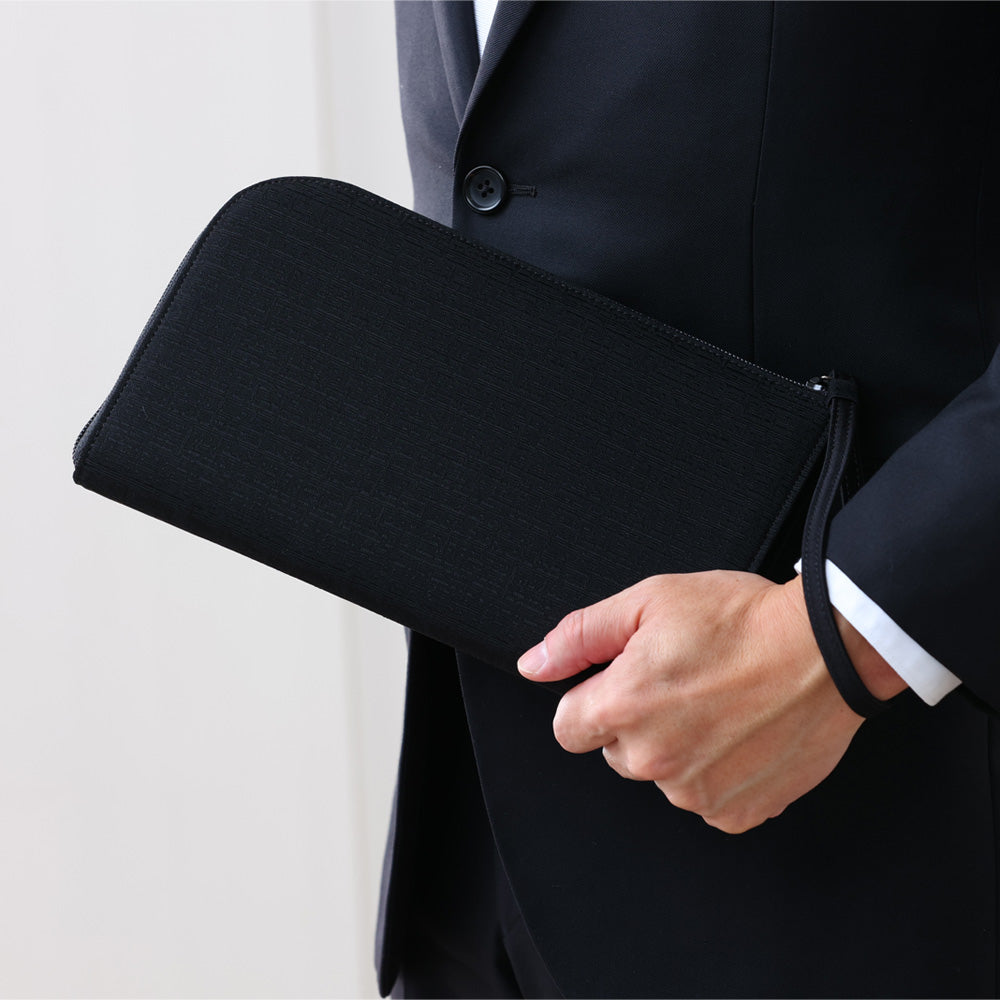
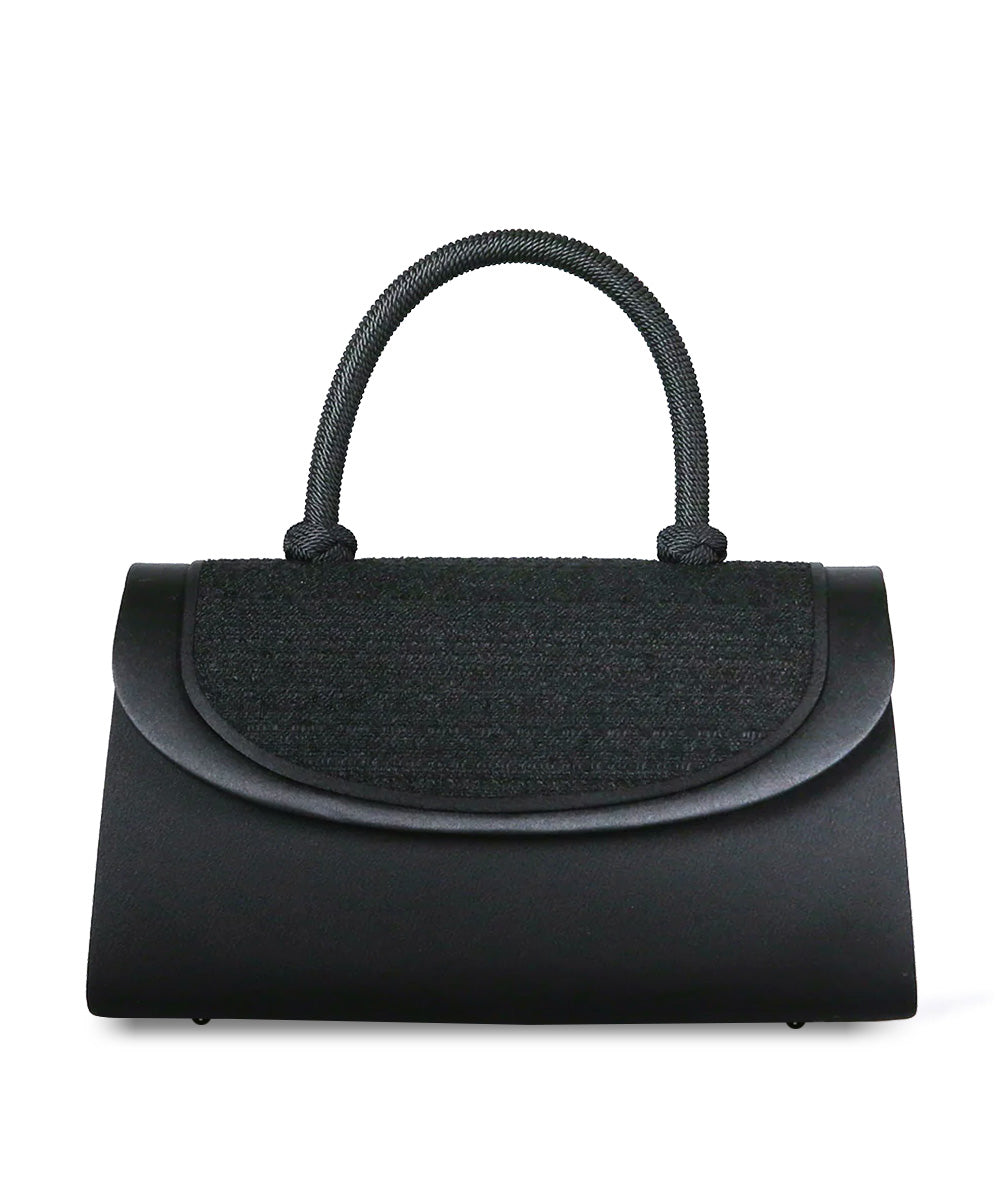
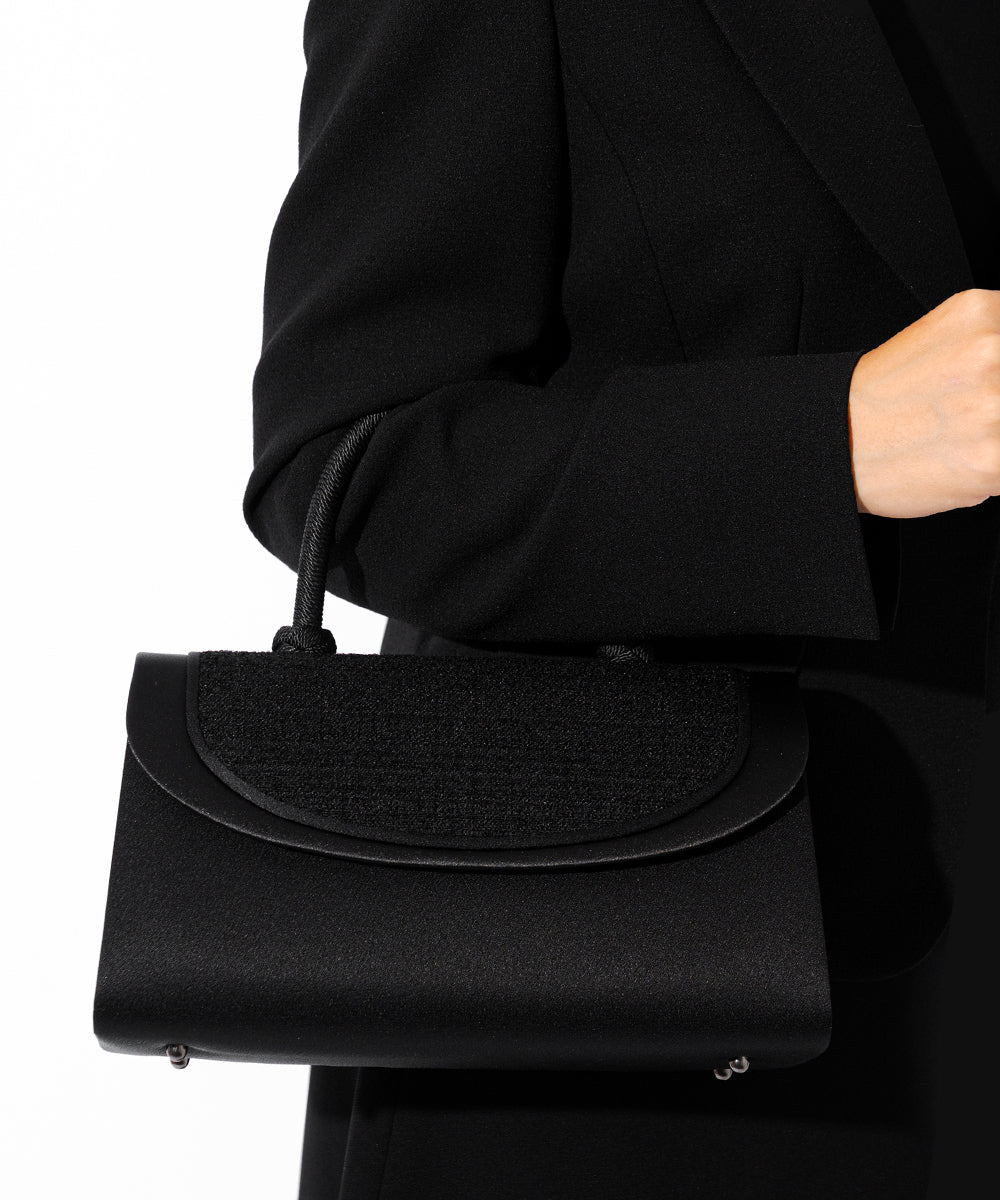

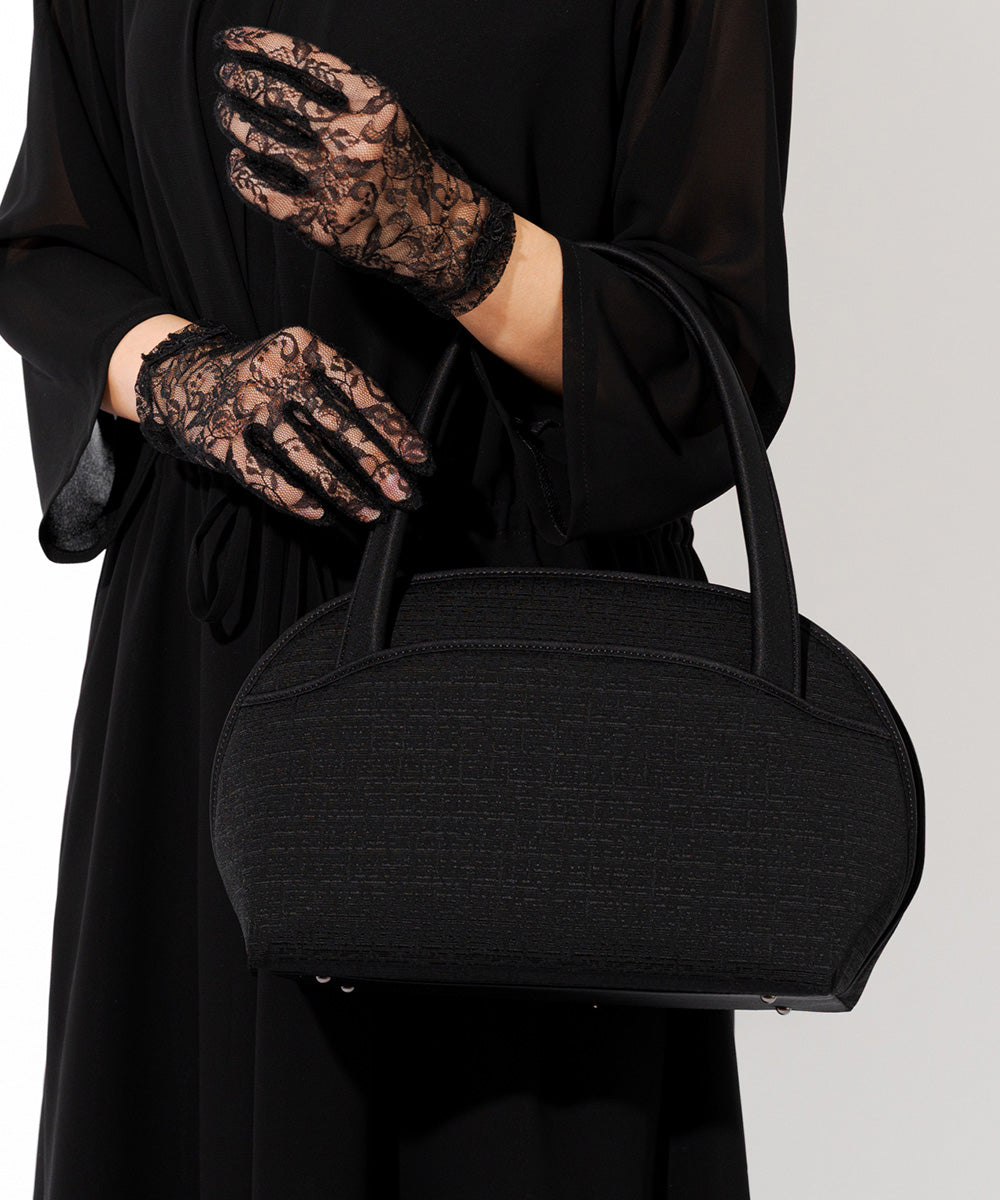
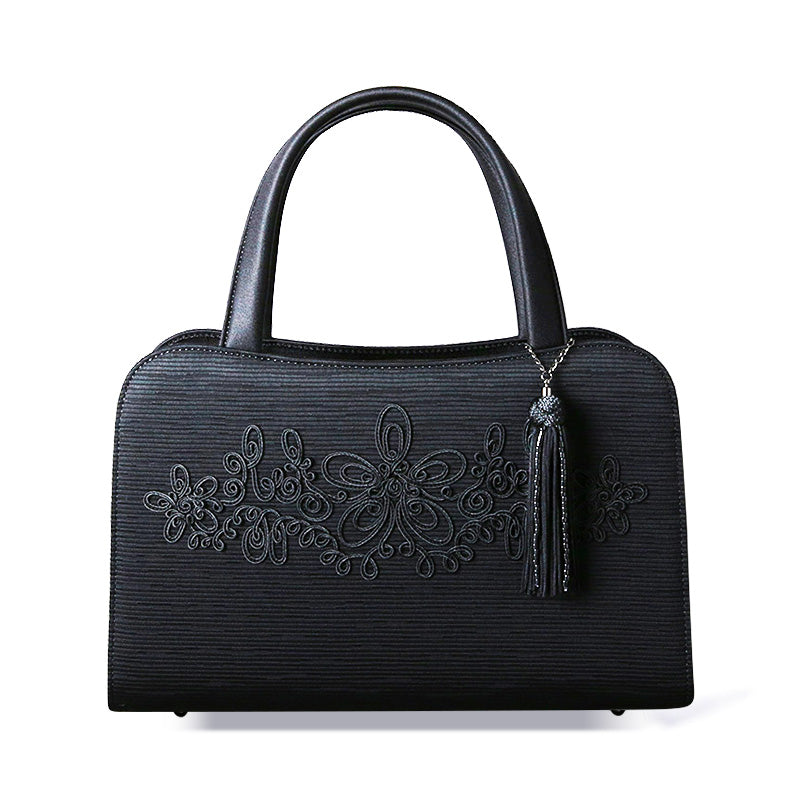
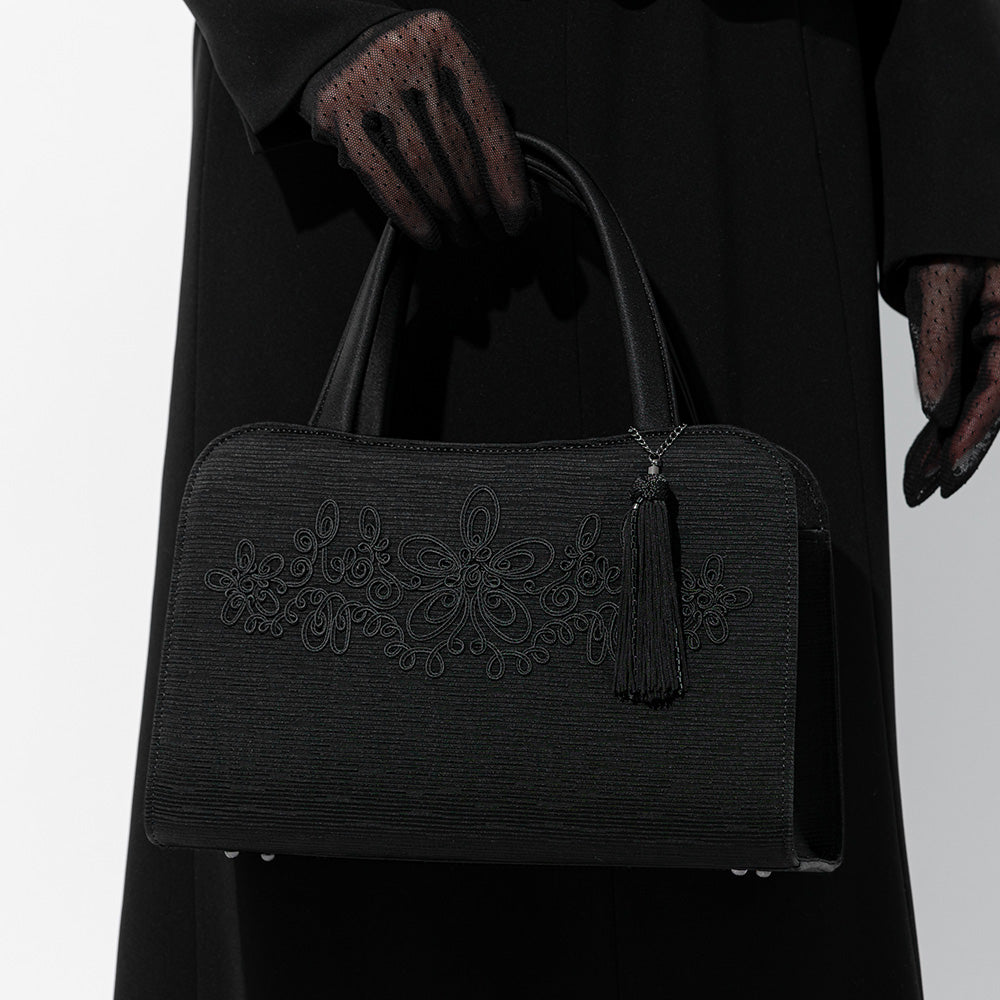

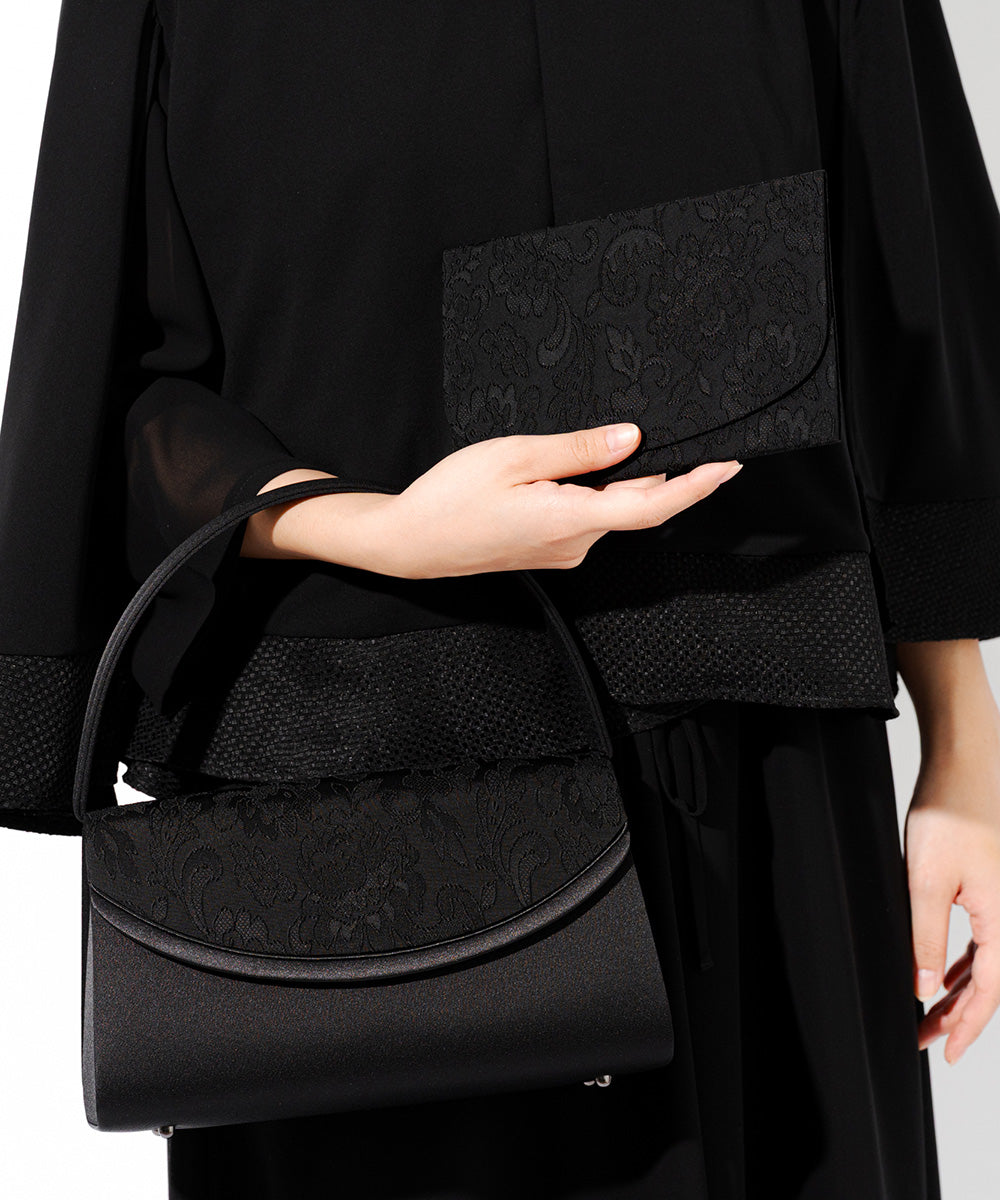
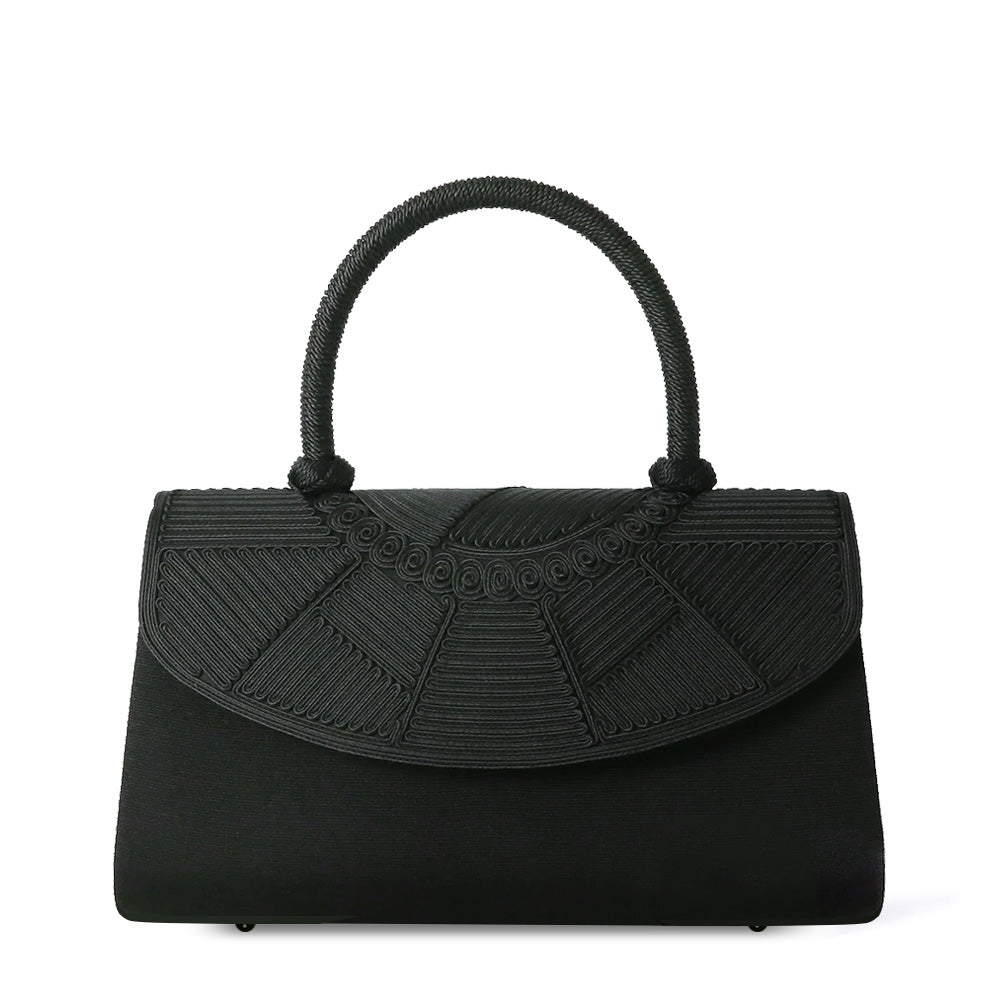

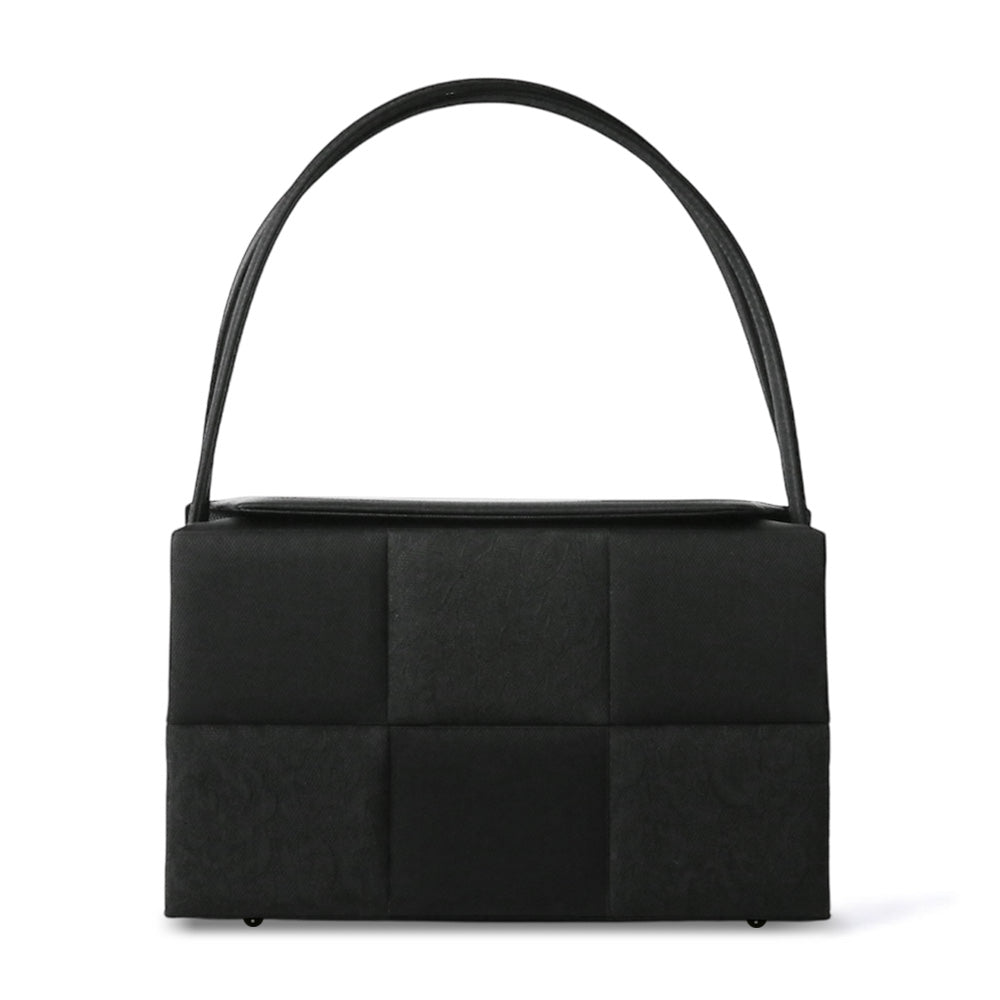
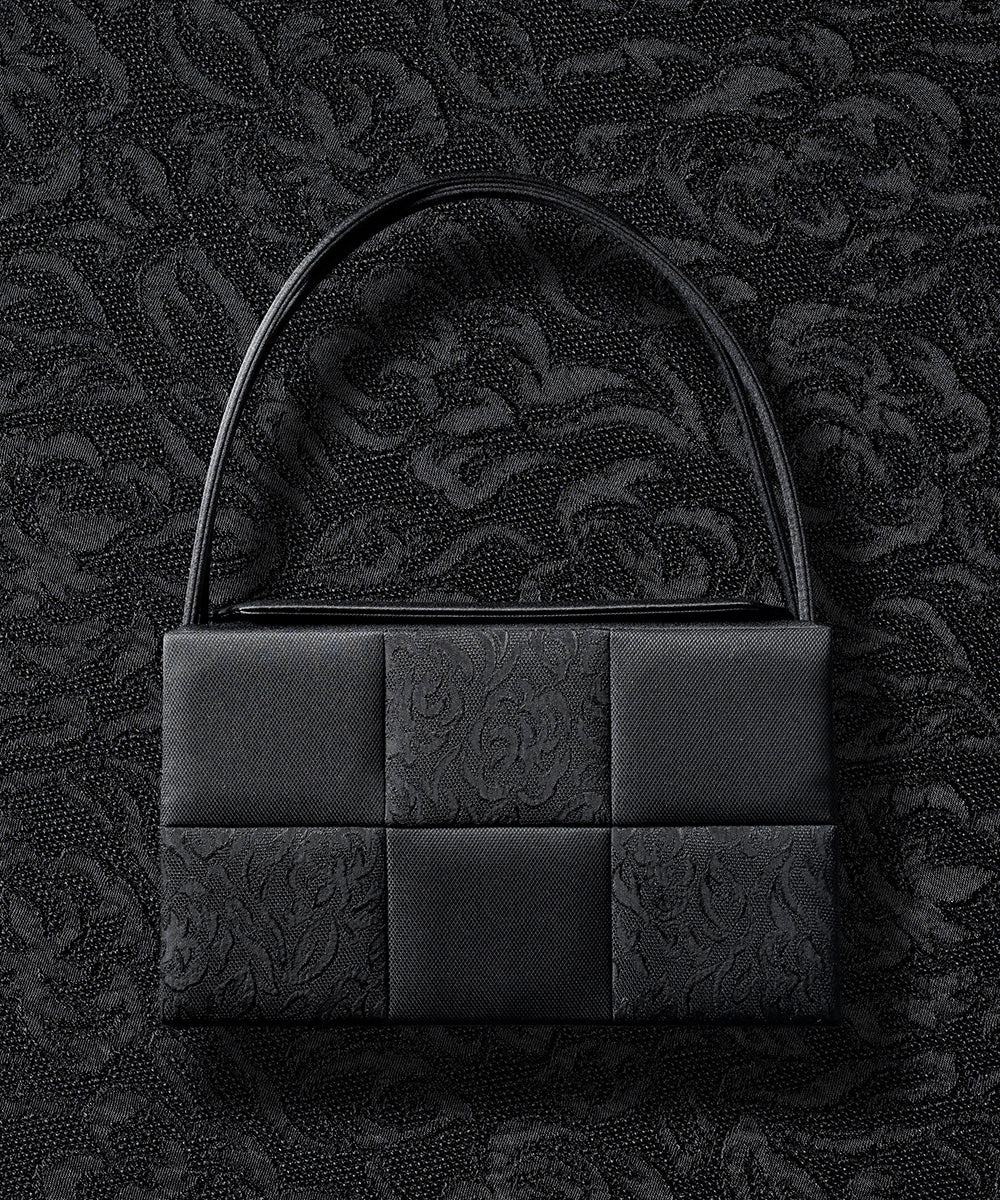
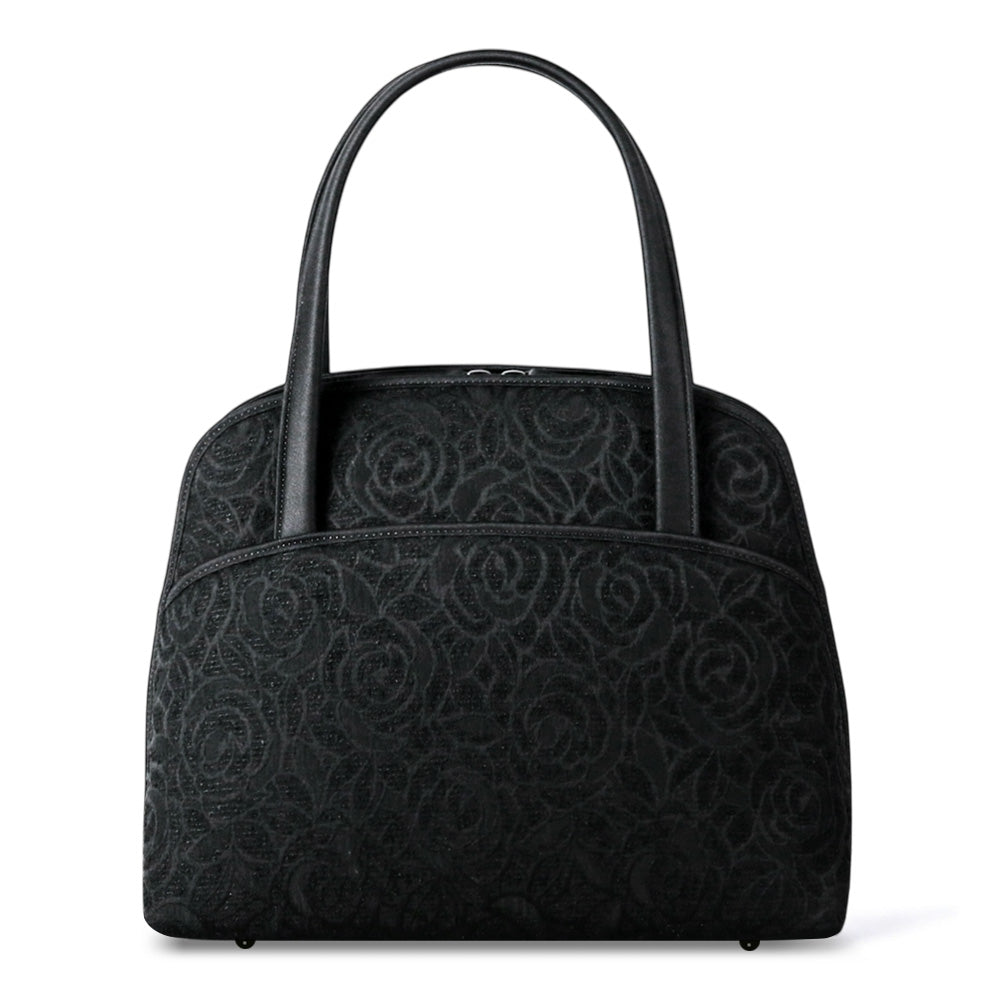
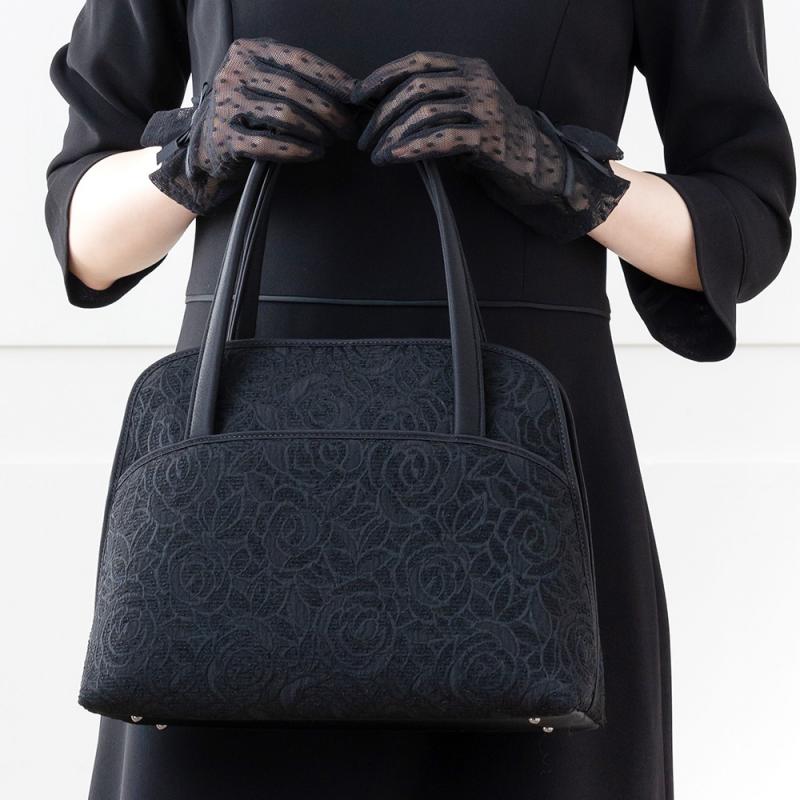

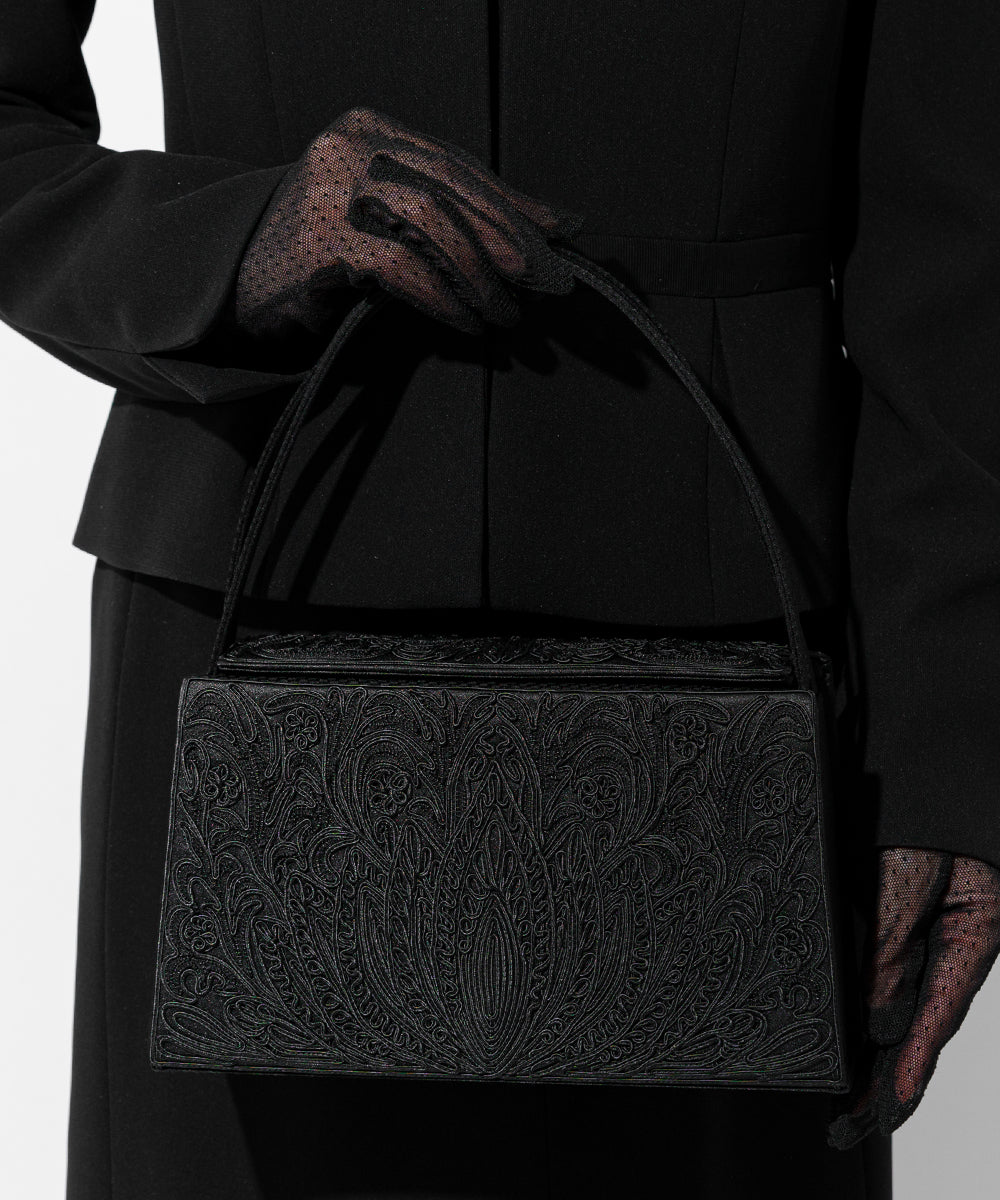
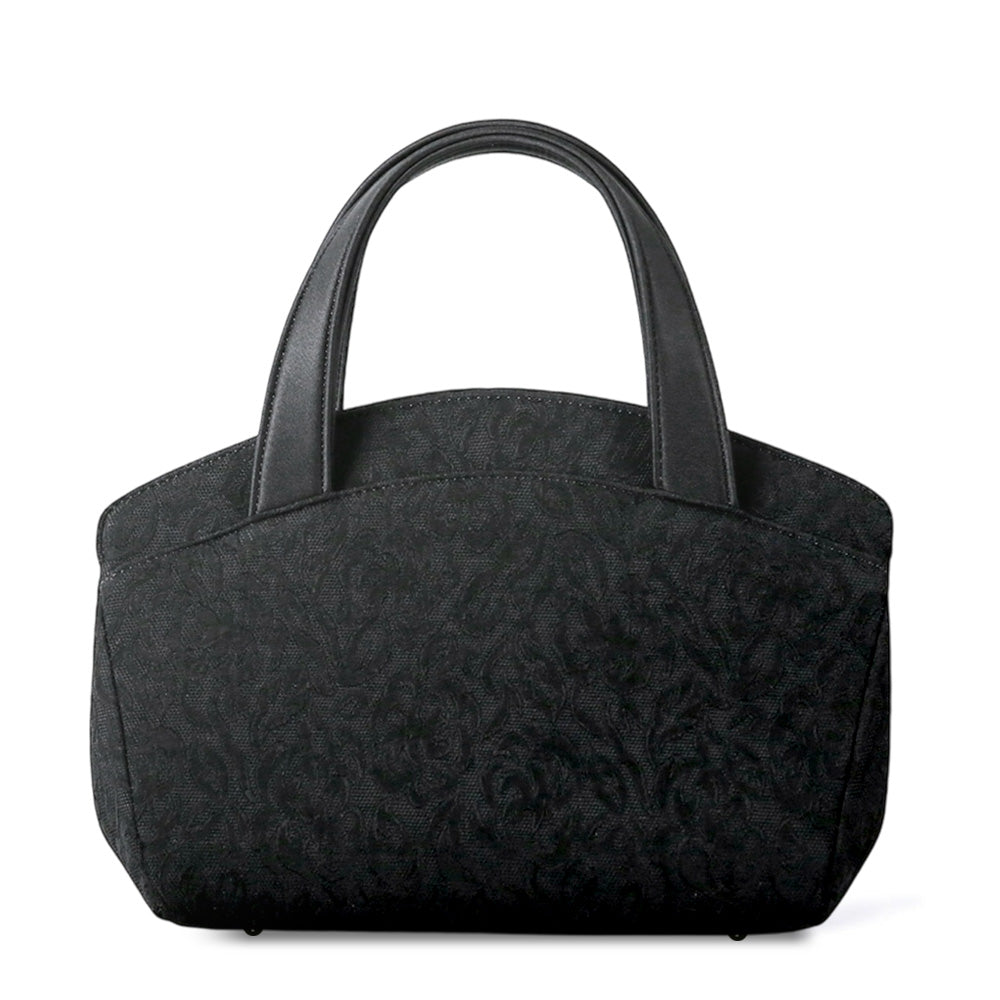
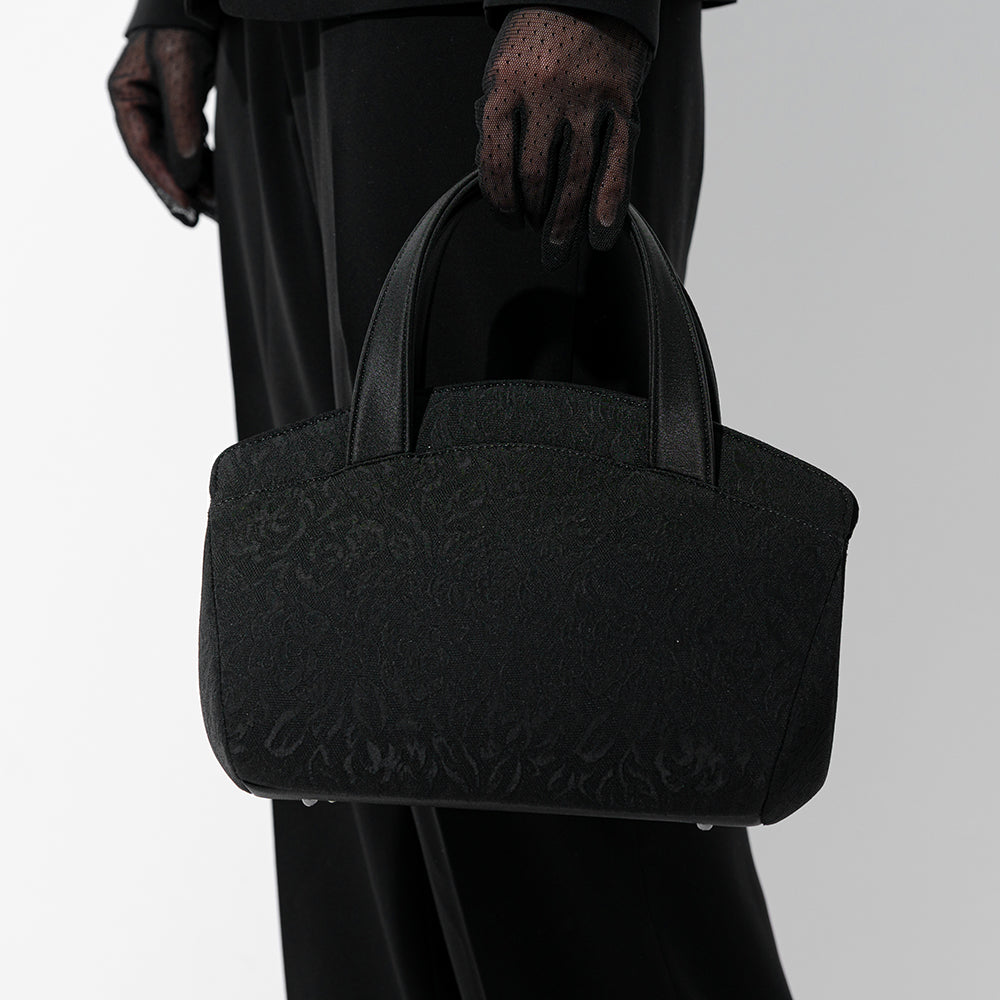
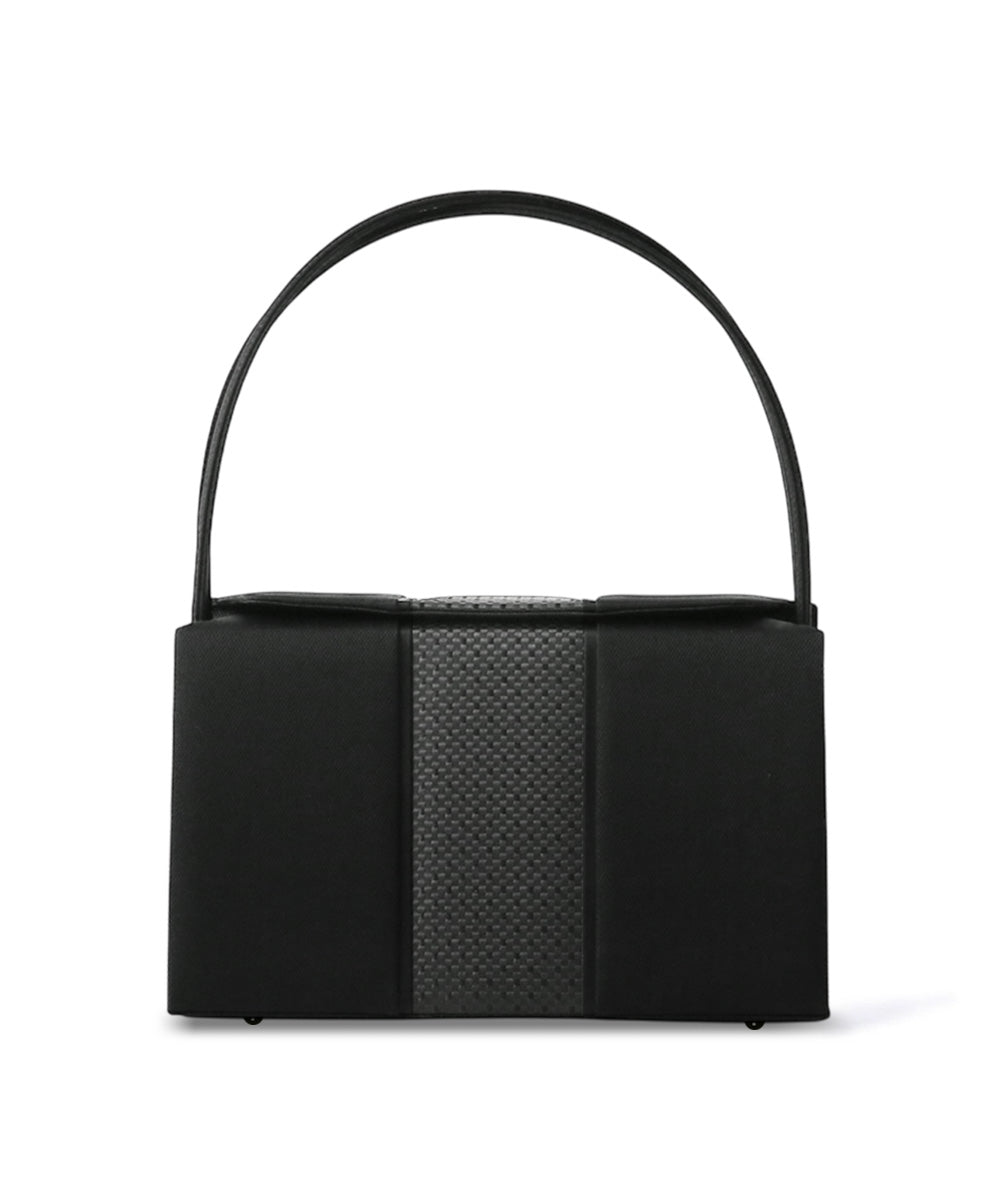
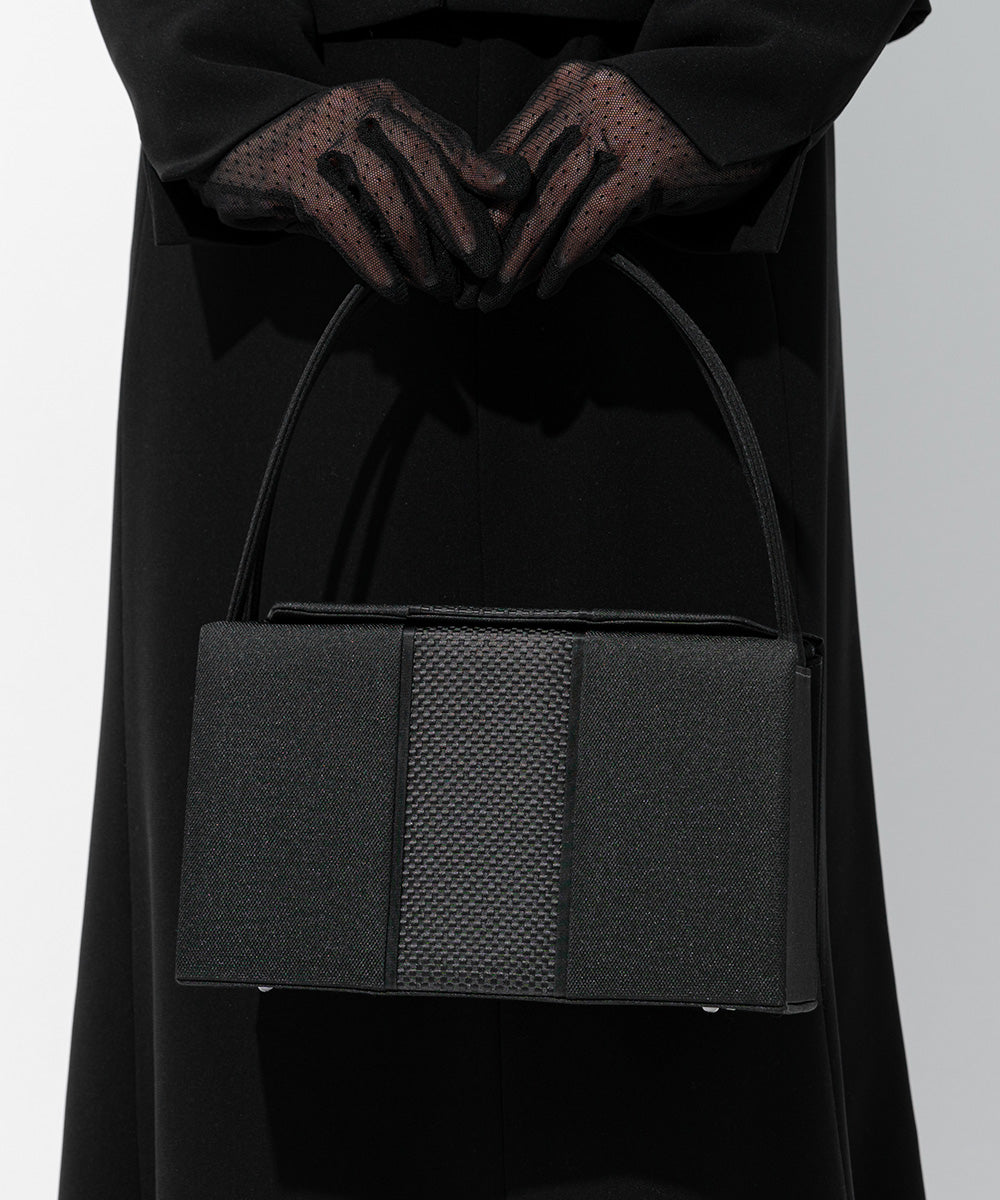
![New product [direct store only] bf template](http://iwasajapan.com/cdn/shop/files/thum-iw60912-2.jpg?v=1763720582&width=1000)
![New product [direct store only] bf template](http://iwasajapan.com/cdn/shop/files/iw60912_img03.jpg?v=1763720582&width=1000)

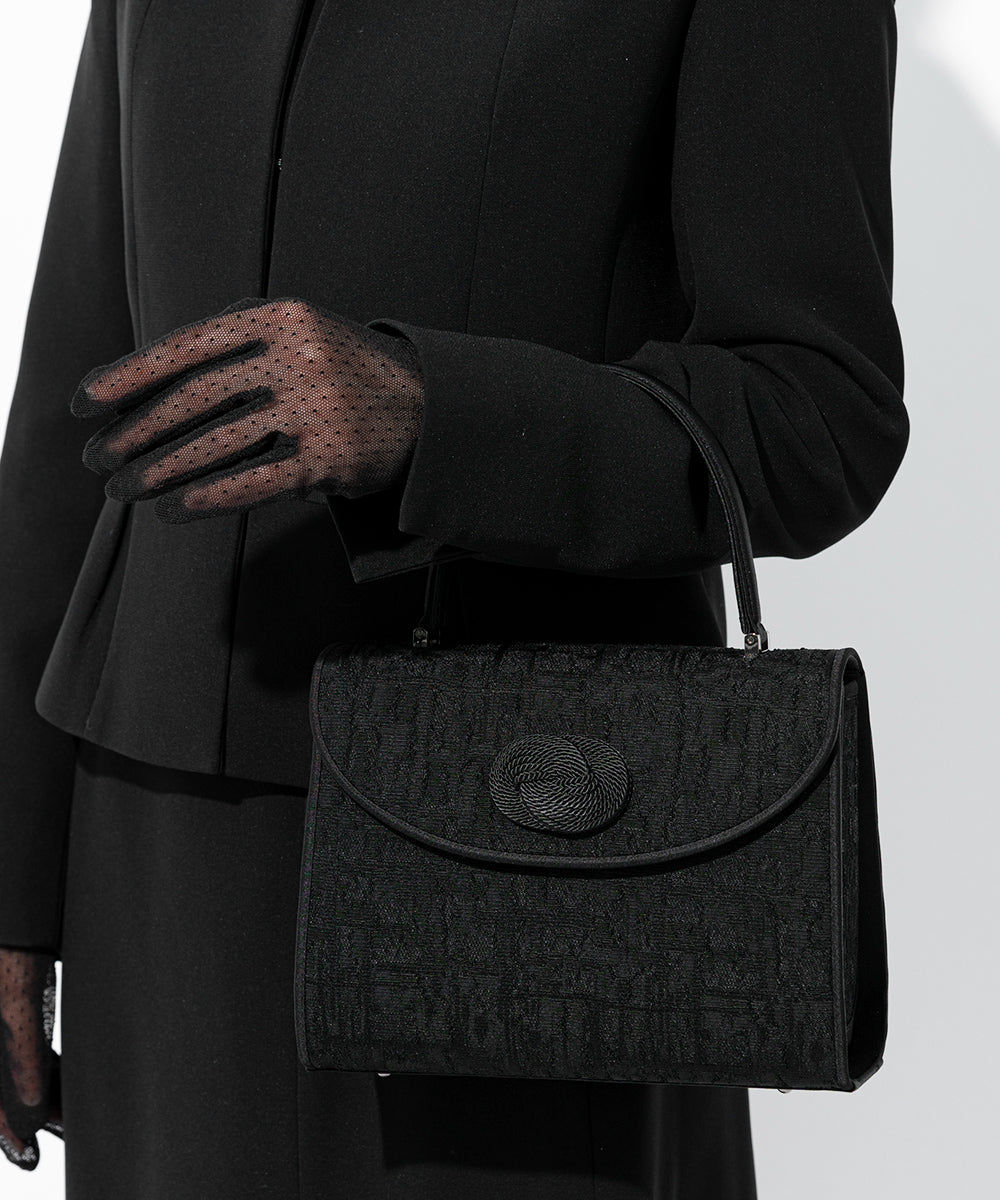
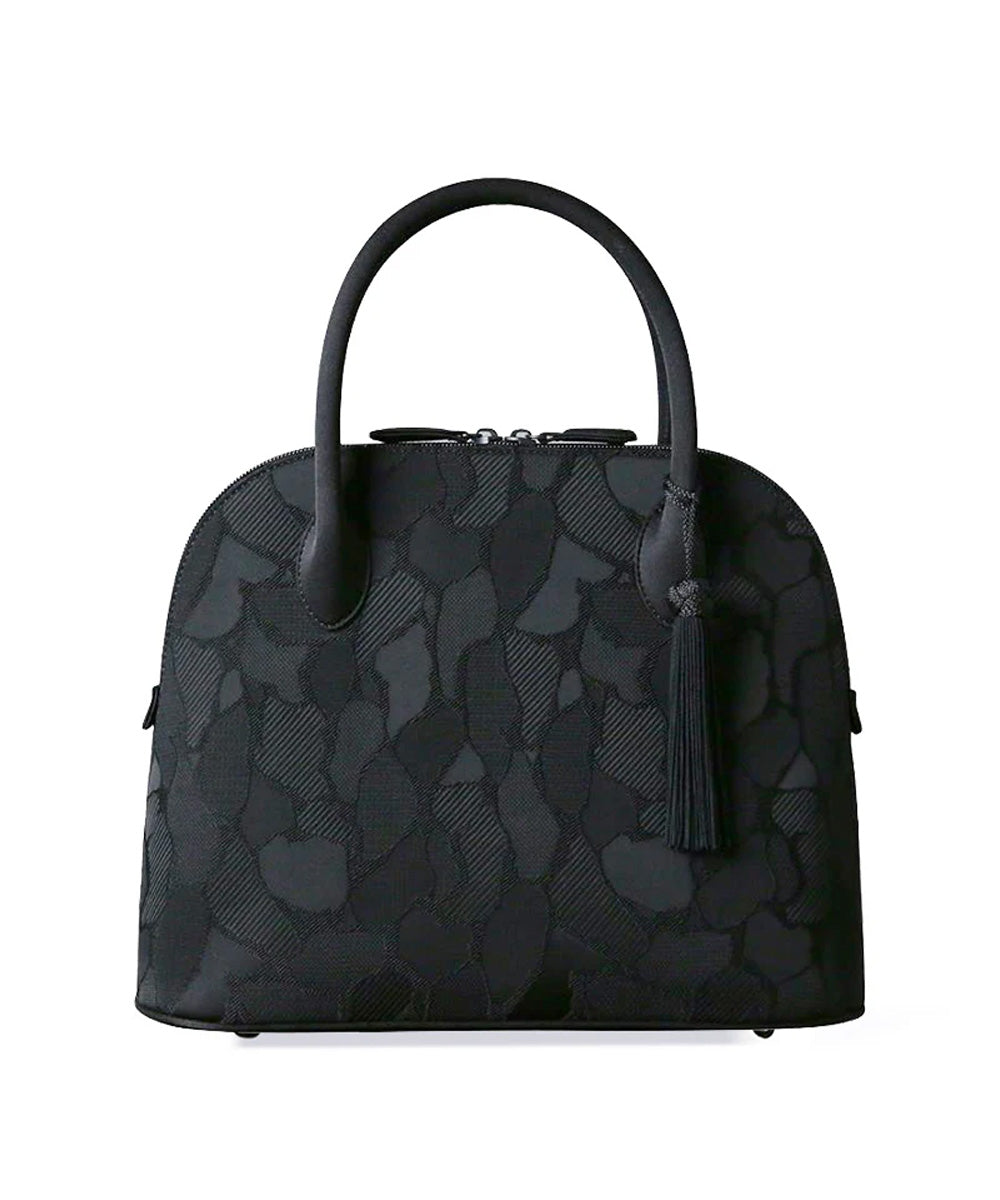
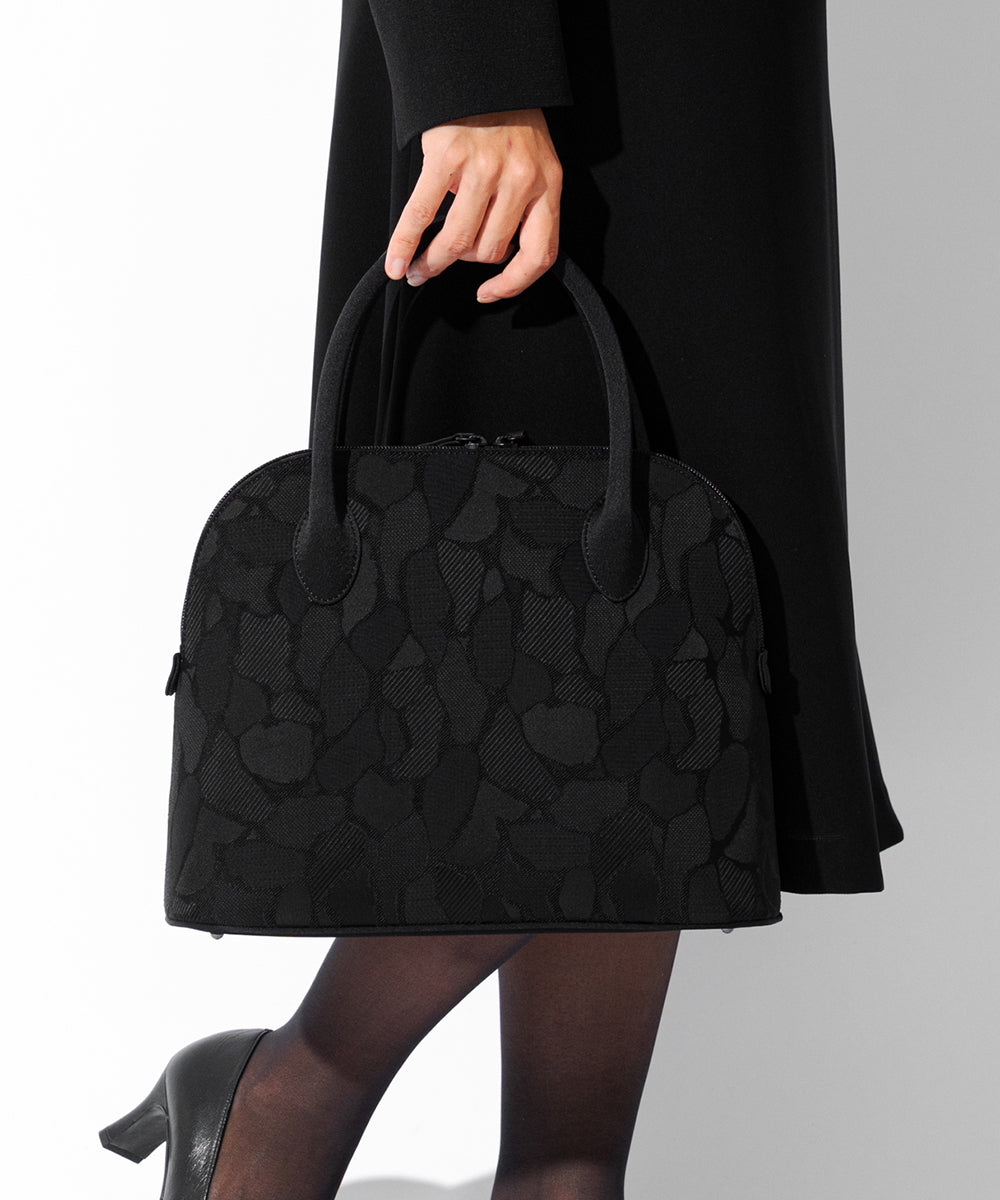
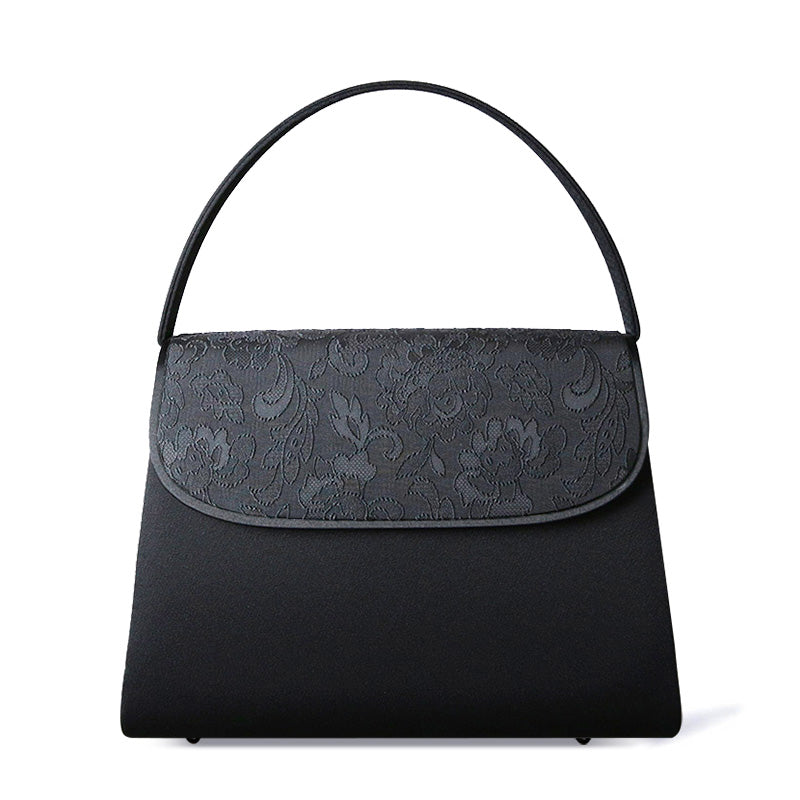
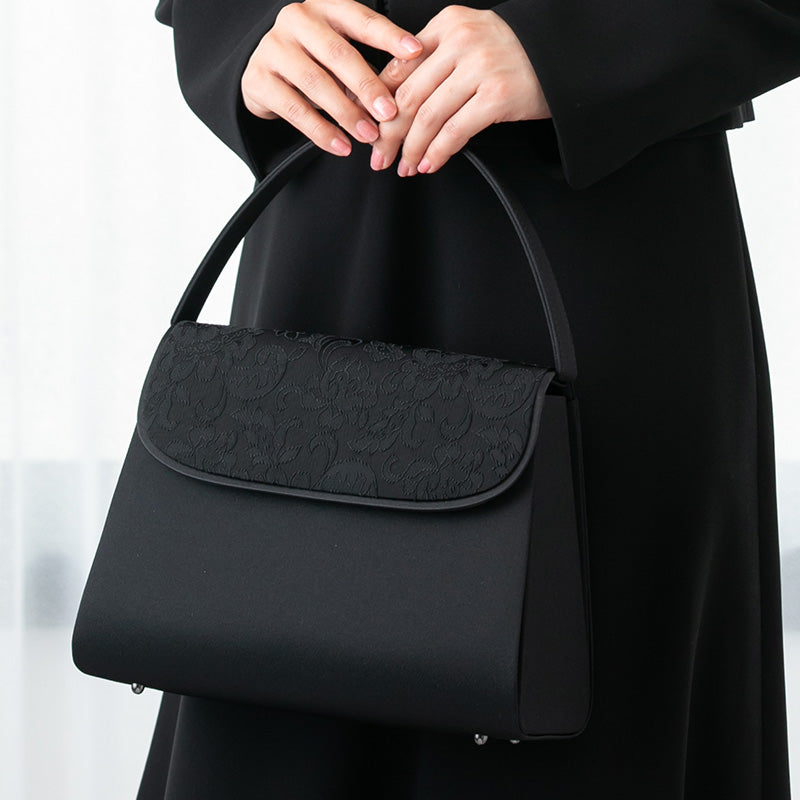
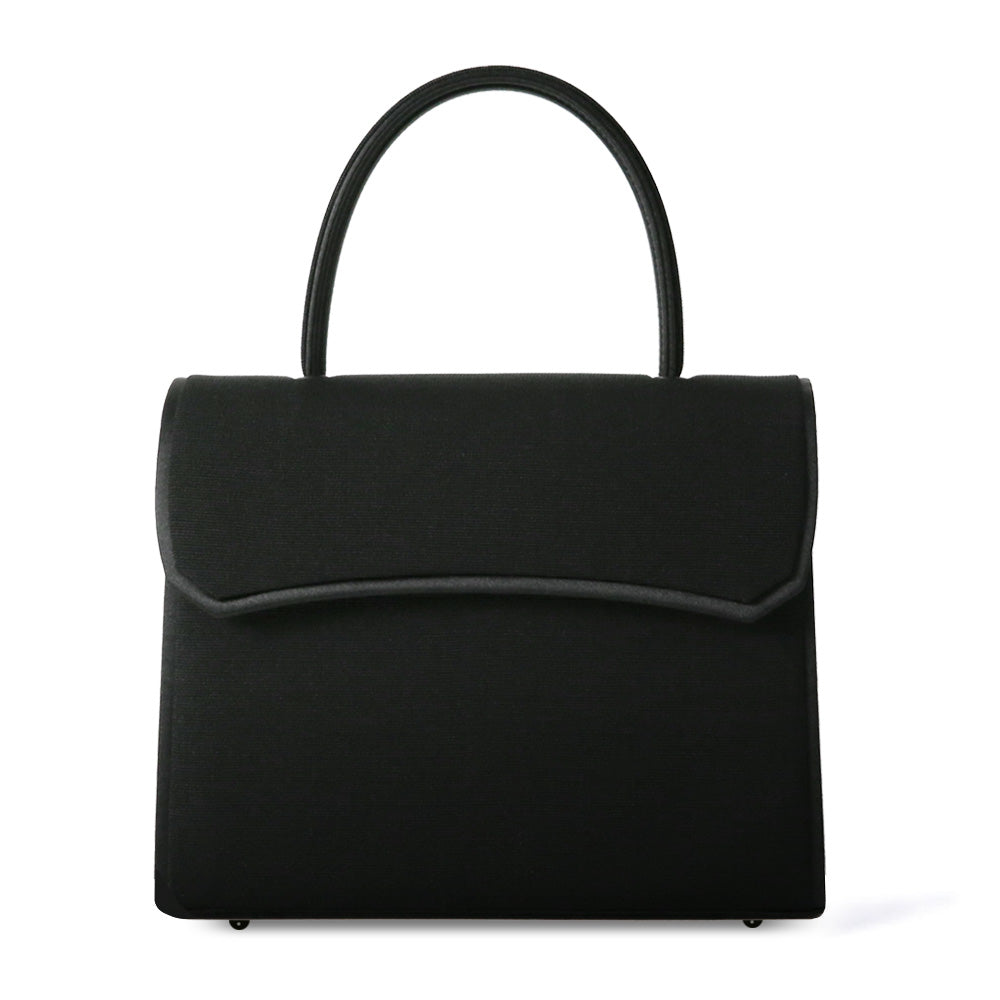

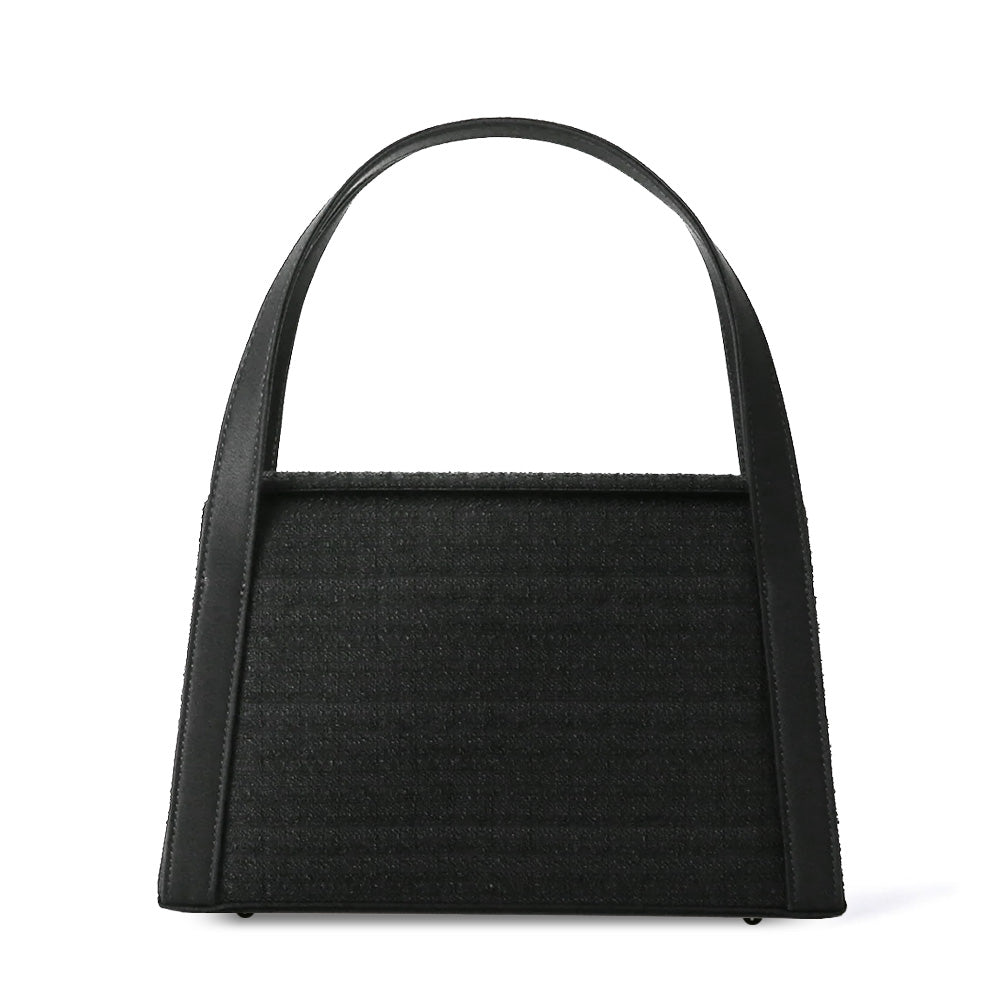

![New product [direct store only] bf template](http://iwasajapan.com/cdn/shop/files/thum-iw60901.jpg?v=1739341291&width=1000)
![New product [direct store only] bf template](http://iwasajapan.com/cdn/shop/files/iw60901_img04.jpg?v=1739341291&width=1000)
![New product [Direct store exclusive] iw60805](http://iwasajapan.com/cdn/shop/files/thum-iw60805-2.jpg?v=1728971253&width=1000)
![New product [Direct store exclusive] iw60805](http://iwasajapan.com/cdn/shop/files/iw60805_img05.jpg?v=1738562209&width=1000)
![New product [direct store only] bf template](http://iwasajapan.com/cdn/shop/files/thum-iw60847.jpg?v=1742782372&width=1000)
![New product [direct store only] bf template](http://iwasajapan.com/cdn/shop/files/iw60847_img03.jpg?v=1742782372&width=1000)





